Laowa 15mm F4.5 Shift Lens Review and Gallery
Dustin Abbott
February 3rd, 2021
Laowa (Venus Optics) has never been a conventional lens maker. Early Chinese lens designers typically made their reputation by offering up cheaper clones of existing lenses. They chose the most conventional lens designs as those are the easiest to reproduce. But not Laowa. It is hard to find a “conventional” lens in their lineup, as every lens has some kind of unique twist to it. Macro at very wide angles or extremely high magnification levels, a design that emphasizes zero distortion in a very wide focal length, a ridiculously wide reticular zoom lens, a smooth trans focus telephoto, and, perhaps strangest of all, a probe lens that looks more like a rifle. None of these are easy lenses to design and engineer, and yet Laowa has built its brand on taking on difficult challenges and largely pulling them off. I admire them for this. Several years ago I reviewed their Magic Shift Converter, which leveraged the space provided in an adapter from a Canon EF or Nikon F mount to a Sony full frame mirrorless mount to incorporate ten degrees of shift into the lens. I actually purchase a Laowa 12mm F2.8 Zero D lens to pair with the MSC for shooting interiors and architecture on Sony, as it allows you to get amazing results with the resulting 17mm F4 Shift lens. But now Laowa has taken that knowledge and upped the ante, developing a dedicated shift lens that allows for an even wider frame of view. The Laowa 15mm F4.5 W-Dreamer Shift lens is available in Canon EF and RF mounts, Nikon F and Z mounts, and Sony FE. The Laowa 15S (as we’ll call it for brevity) could be a very important lens for those that specialize in architecture or interior photography.
The absolute best lenses for this kind of work are Shift lenses that allow one to adjust the lens in such a way to offset the inevitable “keystoning” effect that comes when you try to compose images to include the details you want. Things like trees and buildings lean towards the center, and often your resulting image looks little like the scene did when you viewed it. A shift lens like the Laowa 15S overcomes this by allowing you to physically move (shift) a section of the lens in 11 degrees either direction to allow you much more control in properly aligning lines. I detailed that extensively in my MSC video review, which you can see here:
The MSC was also effective at this, but in the Laowa 15S you get a few additional advantages. First, you can get the lens in your preferred native mount. This reduces size and weight from the occasion. I did have to use the lens via adapter for this review, but that’s only because the review copy circulating here in Canada was a Canon EF mount and I’ve switched completely over to RF (mirrorless). If I were purchasing the lens, however, I could buy it in a native RF mount. The MSC I reviewed (and own) weighs 360g, so, when combined with the Laowa 12mm F2.8 (609g), you end up with a combination that weighs nearly a kilogram. The Laowa 15S weighs in at 597g (1.3 lb), so the difference in weight is significant.
The second asset here is that 15mm (110° angle of view) is significantly wider than any other Shift lens that I’m aware of. Canon’s widest T/S lens is 17mm, which was also the combination with the MSC and the Laowa 12mm. Extra width is very, very useful when trying to frame either tall buildings or interior spaces, so that gives a lot of additional value here.
The third asset is slightly more flexibility in shift. The MSC allows for ten degrees of shift in either direction, but the 15mm Shift allows for eleven degrees of shift in either direction.
The final asset is price. The Laowa 15S is retailing for a not-inexpensive $1199 USD, but the Canon T/S 17mm F4L costs $1000 more. Yes, the Canon has Tilt capabilities as well as shift, but with a wide angle lens tilt becomes less useful. Unless your job is real estate or architectural photography, however, there’s a good chance that a shift lens is going to be a niche item for you. Getting a competent shift lens at half the price is very likely to be appealing to many.
We will explore the Laowa 15mm F4.5 W-Dreamer shift lens in more detail, though I will offer one minor caveat. Due to the pandemic and a local lockdown during my review period, my access to the interior of buildings was pretty limited. I’ve had to work with what I had available, though I think I can still make a pretty compelling exploration of the strengths and weaknesses of the lens. You can check out my detailed video review here:
Follow Me @ Patreon | My Newsletter | Instagram | Facebook | Twitter | Flickr | 500px
Thanks to Laowa for sending me a loaner of the lens. As always, my review is done without any external bias or pressure.
Laowa 15S Build and Handling
Laowa lenses have always had a very high grade of build, and the 15mm Shift lens is no exception. As noted, the construction is all metal and glass, and it has a satisfyingly dense feel to it.
I’ve reviewed a third party Tilt/Shift lens before (Samyang 24mm F3.5) and was less than wowed by its construction. Shift (or Tilt/Shift lenses) have a lot of additional knobs and levers, and some of the ones on the Samyang felt plasticky and didn’t inspire confidence that they would hold up for the long haul. There’s no such issue here, as everything is made of high grade materials and feels like it has decades of usability built in.
To this point Laowa has developed only manual focus lenses, and while that’s true here, too, it’s not much of a liability as Tilt/Shift lenses are by nature manual focus only (the lens literally moves apart!). There’s a rumor that Canon is bringing autofocus T/S lenses to RF, but as of the moment, manual focus is the only game in town. One typically doesn’t use shift lenses in a rush anyway; I view these as being lenses one uses deliberately and most often from a tripod. The focus ring is closest to the front of the lens, and in the spirit of most all Laowa focus rings, it moves beautifully with excellent damping. There is about a 150° of focus throw, which is plenty for accurate focus with a wide angle lens. Focus can be a little bit challenging on a DSLR, so I recommend using Live View focus and magnifying the image. On mirrorless it is a bit easier, but I still prefer to magnify the image as much as possible to verify accurate focus. Using focus overlays will help, too. Zone focusing using the focus aids on the lens works fairly well, too, though until I have confidence in a lens, I prefer to visually confirm that focus is accurately where I want.
Unlike many of Laowa’s wide angle lenses, the 15S doesn’t have a built in lens hood (or a lens hood of any kind). The metal front cap is designed to be locked into place to protect the front element, but when it is removed, there is nothing to protect the bulbous front element.
It feels a little vulnerable, frankly. I wouldn’t want to drop this lens.
The other area of vulnerability is in the lack of weather sealing in the lens. This is an area that Laowa has yet to develop, and a lens like this could use some internal seals as there are so many moving parts and areas of vulnerability on it. The plus side (for this purpose) is that the lens doesn’t have any electronics, so there are perhaps fewer things that could be damaged by water or dust intrusion. Still, this is a lens that feels like it could really benefit from advanced weather sealing.
There are three different rings on the lens, and middle one is devoted to aperture. The aperture ring is pretty straightforward, with mild detents at the full stop points. The aperture iris itself is atypical for a modern lens, with only five blades that are straight, not rounded. The big disadvantage to low blade count with straight blades is that the aperture shape quickly becomes not only apparent but not round. In this case the five blades made a very obvious pentagonal shape even with a mild stop down to F5.6 (see images 2 and 3 in the sequence).
Ordinarily I would be faulting them for this, but it may actually be the right choice here, as the advantage of straight blades is that sunbursts/sunstars form not only more quickly but with much better defined “rays”. If we compare the Laowa 15S with the MSC combination (the Laowa 12mm F2.8 has seven blades that are slightly more rounded), we can see that the sunburst effect from the 15mm lens is much more pleasing.
The reality is that while the 15S allows you to focus down very closely (20cm) and has a fairly good magnification level (I estimate around 0.19x), the wide focal length along with the fairly small maximum aperture (F4.5) means that you won’t have a lot of situations where you can create bokeh. You will have many opportunities to create sunbursts, however, so that seems to be the reasonable thing to prioritize to me.
Shift lenses are going to seem a bit complicated to the uninitiated (T/S lenses are worse still!). There are about four different parts here that you won’t find on a traditional lens. The first is the third ring, which allows you to smoothly shift the lens in eleven degrees in either direction. The shift action is smooth and precise, with just about the perfect amount of damping to it. There are two metal plates on either side of the section that moves that allow you do see the scale of how much shift is being employed. There is a satisfying detent at 0 to help you know when you have returned to “normal” and no shift.
As you rotate that ring, the further portion of the lens will shift to the left or the right (or up or down, as we’ll see in a moment), to move the optical path in such a way that the keystoning effect (vertical lines leaning in) is removed.
You’ll see that there is also a locking knob there to help to hold a desired shift position. I found that I often didn’t have to employ that step, as there was enough damping on the shift ring to hold my desired position without need to lock things down.
The fourth ingredient here is a small metal lever near the base of the lens.
This allows you to rotate the entire lens 360°. This allows you the ability to use your shift capabilities for images composed in either portrait or landscape orientations. You can even shift on a diagonal axis for those rare occasions when that is needed.
You will want to watch out for the that, however, as if you don’t get the rotation on the desired spot and use the lens to set up a panorama, you will end up moving on a diagonal line rather than a straight one.
The lens is reasonably compact at 79mm in diameter (3.1″) and 103mm in length (4.1″). As noted, the weight (597g) is reasonably light for such a heavy duty construction with a lot of mechanical parts. The Canon 17mm F4L T/S is wide, longer, and significantly heavier (820g), so Laowa has done a good job of keeping the lens manageable. What’s here is very nice and well executed, though I would like to have seen weather sealing on the lens, and, because there are no electronics in the lens, you also miss out on all the typical EXIF information you would ordinarily get about the lens designation, the aperture of the shot, etc… I feel like both of these are areas that Laowa needs to develop, as they aren’t developing cheap lenses where the lack of these things is easily excused. This is a $1200 USD lens, which certainly qualifies as premium in price.
Using the Laowa 15mm F4.5 Shift Lens
Using the Laowa 15S is fairly straightforward. With a typical lens, you cannot really avoid getting the typical “leaning” (keystoning) effect of aiming the camera up at a subject above you, like this:
Typically the only way you could avoid this is by moving up to a height where the sensor of the camera can level out and still get your composition. You can rarely do this, however, so your only option if you want things to be straight is to compose with the camera leveled out, like this:
At this point nothing is leaning (the point of this composition), but this isn’t the shot you wanted. The main point of the shot (the beautiful pine forest) is barely in the frame, and mostly what we have is just a lot of snow in the foreground. With a typical lens, we would just live with the lean. But a shift lens means that you don’t have to settle.
The shot above is the composition we would want before we employ shift. Your composition is about eliminating perspective distortion, and that means getting everything level (both the horizon and the tilt of the camera). Now that everything is level, you can use the shift function to move the lens up or down to include what you want in the frame. If you are below your subject (most typical), this will mean shifting up. If you are above your subject, this means shifting down. All of sudden you can have both the straight, upright lines that you want plus the desired composition, too!
This result is much more pleasing, as it has eliminated the “lean” while also giving me my desired composition. If I had tried to do that through software, I would have lost a good portion of the image due to trying to correct the keystoning, but, as you can see by comparing our final result with the original above, we’ve actually lost very little width to the image.
When photographing buildings from the street level, you will often have a problem with them “leaning away” from you, like this:
Shift works very well to restore the proper angle to buildings, however, allowing them to look more natural and imposing:
The Laowa 15S works equally well in portrait orientation, too. You can choose just how you would like the composition to be while preserving beautifully straight geometry.
This is also extremely valuable for shooting interior spaces. Your typical lens (and typical composition) is a confusing jumble of straight lines that are stretched, curved (if the lens has distortion), and leaning in different directions. Here’s our dining room shot with the Samyang RF 14mm F2.8 (a lens I like, but with typical distortion flaws for a wide angle lens).
There’s a lot of perspective distortion here, but the problem we examined from the trees comes into play here. You could compose to reduce some of the distortion, but it will rarely produce the composition that you want. The ability to shift, however, allows you to get both the composition you want while also straightening out the lines.
The combination of a having the widest focal length in the world for a shift lens and having that shift could be huge if your job is shooting interiors, as you can get good perspectives in smaller spaces and produce nice results for real estate listings.
That leads us to the final area where the Laowa 15S is extremely useful – getting great panoramas and vertoramas. Typically you get panoramas by “panning” with the camera. If you do this handheld or even on a tripod, you are introducing a number of different angles into the composition because the sensor is recording different perspectives. Even shooting from a tripod will result in something like the following when the images are composited together:
A lot of the final image gets cut to square off the edges, leaving you with a really wide image that has little sky or foreground included. You can also see some curvature of the horizon in this image:
But a shift lens allows you to leave the camera in one position and instead shift the lens along a perfectly level access in either direction. In this case, I took three images: one shifted 11° to the left, the second without shift, and the final image shifted 11° to the right:
If I go to combine these images in Lightroom, you can see that there is essentially no waste to the three frames at all.
I now have an exceptionally clean panorama that has low distortion, good detail, and is seamless because of having such a clean way of getting the images.
By the way, I was within a couple of meters from the sauna when getting this shot, and so it shows how much of the scene you can get with that 22° of shift on top of the 110° angle of view. Very impressive.
You can do the same thing by rotating the lens and getting images to combine into a “vertorama”. Here I have shifted up and down to get the three images:
I can then combine those into a vertical panorama to get a very cool shoot with tons of detail in the image.
That image is 8205 x 9767 pixels, giving me a LOT of options for printing.
You don’t have to shift, of course, and when you don’t need the shift capabilities, you are left with a competent 15mm lens, which is still a very wide focal length. A shift lens just gives you options that an ordinary lens cannot.
Laowa 15S Image Quality
This is all well and good, of course, but the question remains is the optical qualities of the lens make it worth using. The short answer is “yes”, and here’s the evidence:
But you might expect a little more detail than that from me, so let’s break it down. I used a 45 MP Canon EOS R5 for these tests, which is a lot of resolution but is also not an unusual amount these days.
A typical wide angle lens carries a lot of distortion, but this is one of Laowa’s “Zero D” lenses, which means that it has next to no barrel distortion. I found that it has only the tiniest amount of barrel distortion, and a +1 was plenty to correct it. Vignette is a more typical Laowa fault, and the Laowa 15S is not exempt. It has roughly three stops of vignette in the corners and required a +67 to correct it and I pushed the midpoint slider all the way to zero to make the correction more linear. Still, nothing unusual here. Most wide angle lenses have a fair bit of distortion, and I’ve seen worse from both Laowa and other lens makers.
I did a bit of evidence of lateral chromatic aberrations here and there, but nothing extreme. These are the “one click” variety that are easy to correct for, though remember with all of these defects that the lack of electronics in the lens means that you won’t get automatic corrections of these flaws either in camera or in post, so if they both you, they will take a little more work to correct.
Here’s a look at the test chart I use for these tests:
Wide open performance is good but not great, with decent contrast and acuity, but some haze on textures and a drop-off in corner performance (though not a huge one.)
For some perspective, I compared this result with the MSC and Laowa 12mm F2.8 (on Sony), and found that the Laowa 15S had a slight edge in contrast and was a little sharper.
That edge was a little more pronounced in the mid-frame but was largely lost by the time you reach the corners.
An apples to apples comparison with another Canon RF mount wide angle lens (the Samyang RF 14mm F2.8), shows that the Samyang has an edge in contrast and detail in the center and midframe, though the Laowa is closer in the corner.
Wide open performance is somewhat irrelevant to the kind of way I use a lens like this, however, as I typically use it on a tripod and focus on smaller apertures where I can get good sharpness across the frame. Stick with F8-F11 for superior results, and that enables good (though not exceptional) corner results.
Real world results make me conclude that the lens has sufficient sharpness for its tasks, but that acuity isn’t fantastic. Detail is good but never exceptional.
Here’s another crop that takes in a section of building with a lot of details, and you can see my point:
I think the lens gets the job done in sharpness and contrast, but doesn’t approach the top tier of wide angle performance.
As we’ve noted, there is no lens hood, so that curved front element is going to to be often exposed to direct sunlight. Overall, however, flare resistance is fairly good.
There’s a ghosting pattern (and you can definitely see those five aperture blades in that pattern!), but it is fairly clean and artistic, and contrast holds up very well. As noted, the ten pointed sunburst effect that is created is particularly desirable, so the end result is a net positive to me.
One final observation is a familiar one for me when reviewing Laowa lenses. I find that Laowa glass produces colors that are slightly on the flat side and require a bit more saturating in post. If I compare out of camera JPEGs of the same scene taken with the Laowa and then the Samyang, you can see that the Samyang colors are naturally richer and have more “pop” to them.
Not a big deal, necessarily, but I do find myself processing a little harder when using Laowa lenses.
So optically, the Laowa 15mm F4.5 Shift lens is sound but not exceptional optically. It’s the versatility of the lens that makes it worth the money more than anything.
Conclusion
The Laowa 15mm F4.5 W-Dreamer Shift lens is targeted (like all shift lenses) at a somewhat specific audience. You can find a cheaper wide angle lens that provides similar basic optical results (as we’ve seen with the Samyang AF 14mm F2.8 for RF that I previously reviewed). But the magic of the Laowa 15S is in the versatility, as the shift mechanism allows you the ability to get results that a lens like the Samyang simply doesn’t allow for.
Those straight lines and low distortion make for very compelling architecture or interior shots, and that is one of my favorite applications for the lens.
Shift lens tend to be expensive and rare, and on many of these platforms they are simply non-existent in a native mount, so the Laowa 15S is a welcome addition. There are few areas of disappointment, sure, but all in all this is a nicely made, highly functional lens that can genuinely help you get unique images in the challenging margins of photography.
I also want to continue to praise Laowa for being willing to take a chance and not just do the same things that everyone else is doing. They’ve carved a unique niche for themselves and have become a valued player on the market…and that’s no small feat.
Pros:
- Very high grade build – all metal and glass
- Good mechanical precision of the many moving parts
- Shift ring is precise and moves well
- Available in a nice variety of mounts
- Combination of wide angle and shift makes for a great lens for interiors
- Considerably cheaper than any Canon Tilt/Shift lens
- Low native distortion
Cons:
- No weather sealing in a lens that moves in a lot of directions
- No electronics complicates things
- Corners aren’t particularly sharp at any aperture
- Nothing to protect the bulbous front element
Gear Used:
Purchase a Laowa 15mm F4.5 Shift lens @ B&H Photo | Camera Canada | Amazon | Amazon Canada | Amazon UK | Amazon Germany
Purchase a Canon EOS R5 @ B&H Photo | Amazon | Camera Canada | Amazon Canada | Amazon UK | Amazon Germany | Ebay
Purchase a Canon EOS R6 @ B&H Photo | Amazon | Camera Canada | Amazon Canada | Amazon UK | Amazon Germany | Ebay
Peak Design Slide Lite: Peak Design Store | B&H Photo | Amazon | Amazon Canada | Amazon UK
Peak Design Leash Strap: Peak Design Store | B&H Photo | Amazon | Amazon Canada | Amazon UK
BenQ SW271 4K Photo Editing Monitor – B&H Photo | Amazon | Amazon.ca | Amazon UK
Adobe Photoshop Creative Cloud 1-Year Subscription
Exposure Software X6 (Use Code “dustinabbott” to get 10% anything and everything)
Visit Dustin’s Amazon Storefront and see his favorite gear

Purchasing your gear through B&H and these links helps fund this website and keeps the articles coming. You can also make a donation here if you would like. Visit my Amazon page for some of my gear of choice! Thank you for your support.
Great News! I can now offer a 5% discount on all purchases at Amplis Foto, Canada’s Leading Photographic Supplier. Please enter discount code: AMPLIS52018DA in your cart. It is good for everything in your cart, and is stackable with other coupons, too! It will take 5% off your entire order! Proceeds go towards keeping this site going and providing you with new reviews!
Check me out on: My Patreon | Sign Up for My Newsletter | Instagram | Facebook | Twitter | Flickr | 500px | Google+ |
Use Code “DUSTINHDR” to get $10 off ($15 CDN) any Skylum product: Luminar, Aurora, or AirMagic
Purchase a Laowa 15mm F4.5 Shift lens @ B&H Photo https://bhpho.to/2KSKBTE | Camera Canada https://shrsl.com/2r81b| Amazon https://amzn.to/3cgmyJD | Amazon Canada https://amzn.to/3t5eYHY | Amazon UK https://amzn.to/3iPJS2h | Amazon Germany https://amzn.to/39lF2GE
Keywords: Laowa 15mm, Shift, Laowa 15mm Shift Review, Laowa 15mm F4.5, Review, Laowa 15mm F4.5 W-Dreamer, Shift, Magic Shift Converter, Laowa MSC Review, Magic Shift Converter Review, MSC Review, Dustin Abbott, Venus Optics, Sony FE, Sony a7R3, Demonstration, Review, How To, Sample Images, Video Test, Video Review, Canon EOS R5, EOS, R5, EOS R5, Canon EOS R6, Nikon Z, Nikon F, mirrorless, full frame, Comparison, Handling, Focus, Resolution, High ISO, Image Quality, Sample Images, Photography, 45Mpx, 45MP, Canon
DISCLAIMER: This article and description contains affiliate links, which means that if you click on one of the product links, I’ll receive a small commission. As an Amazon Associate I earn from qualifying purchases.










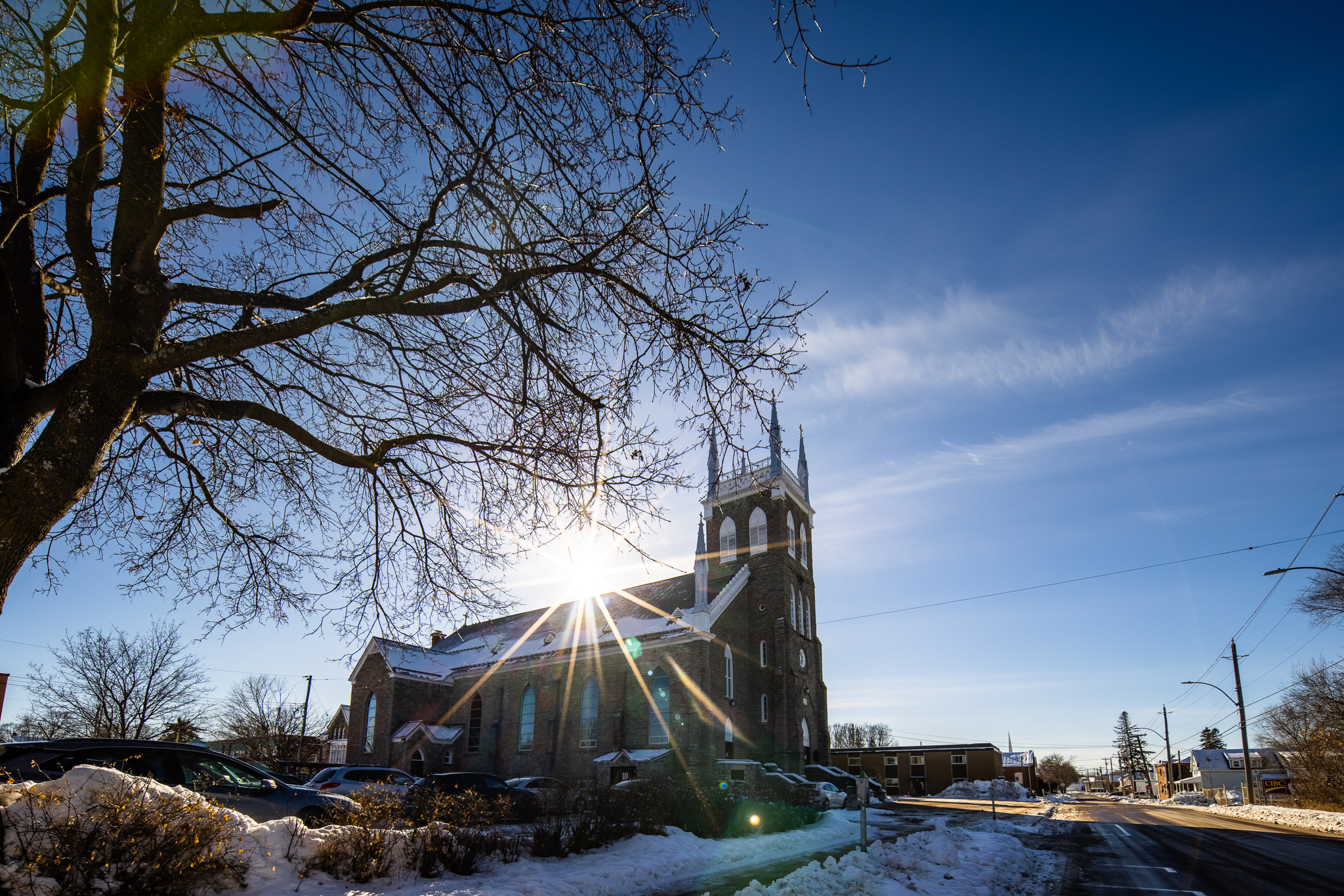

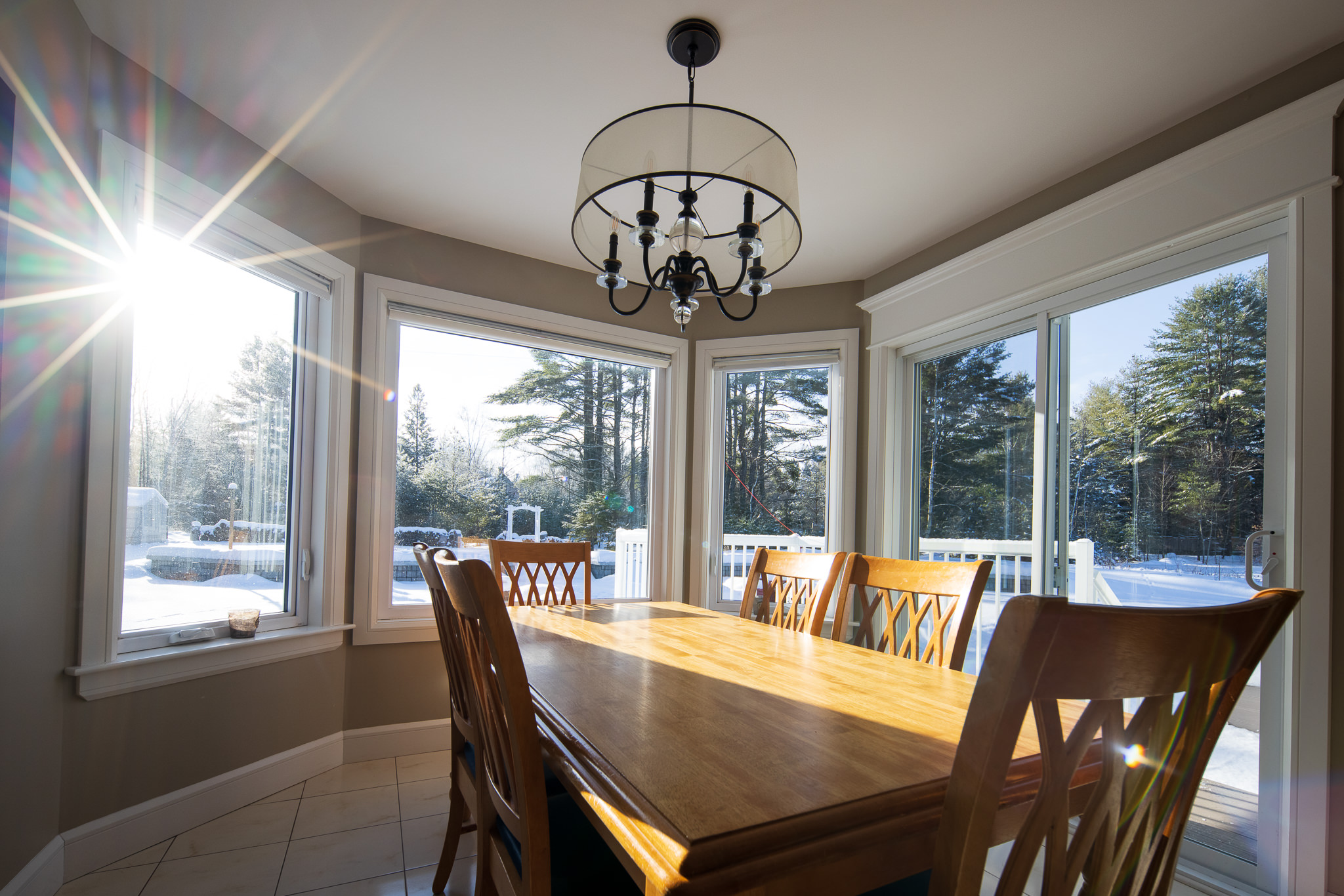

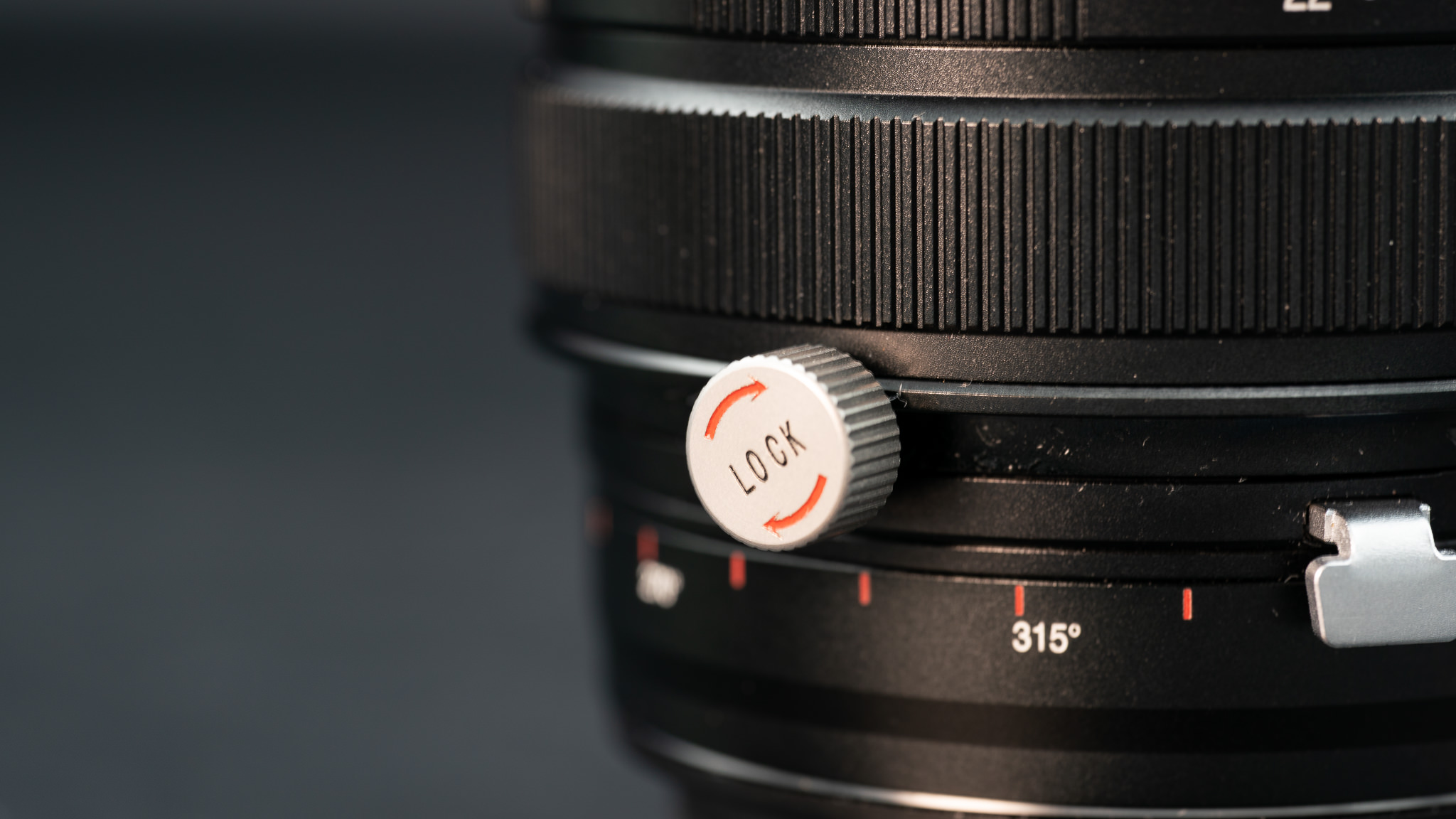
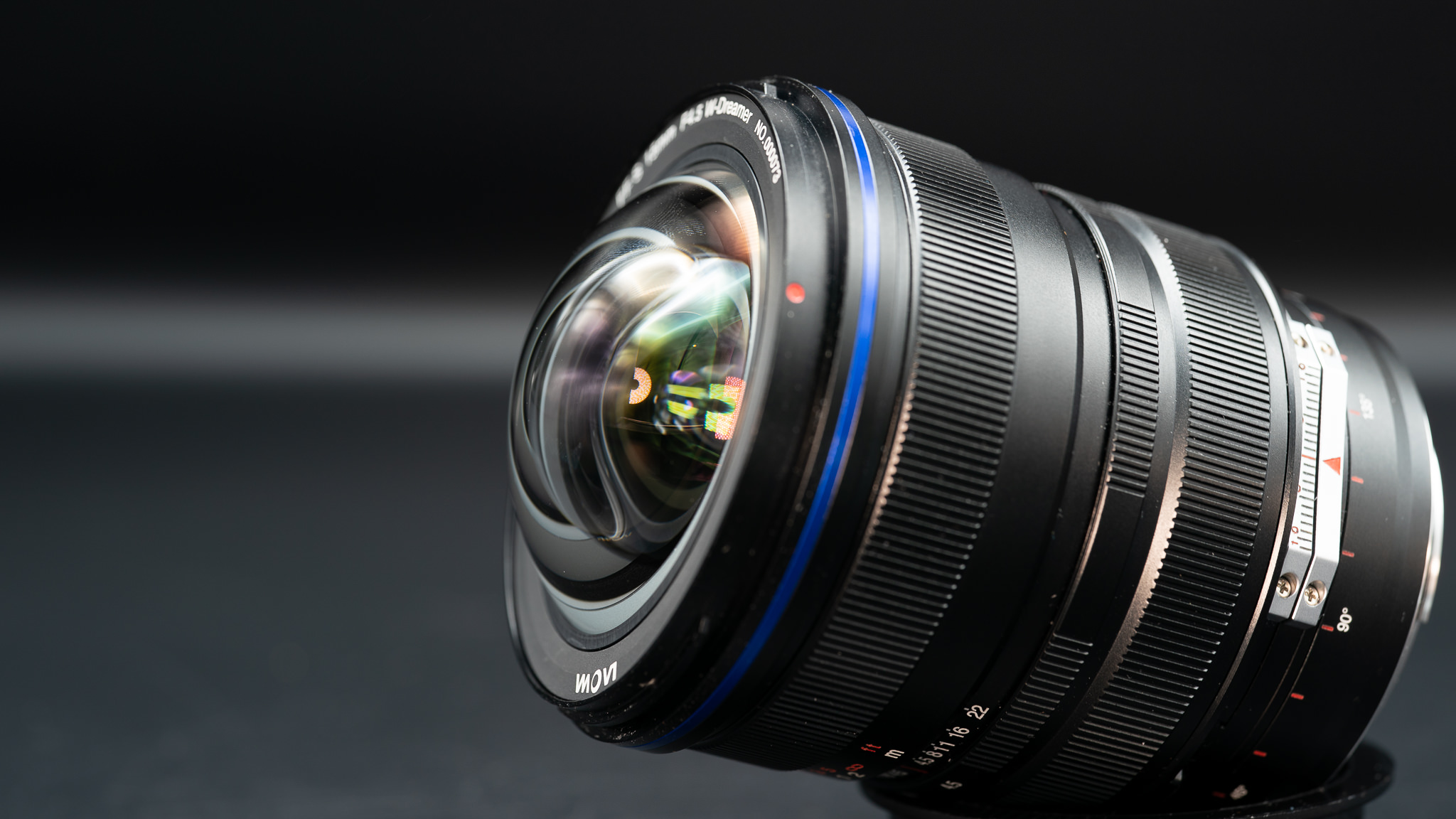



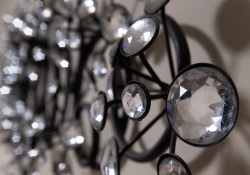

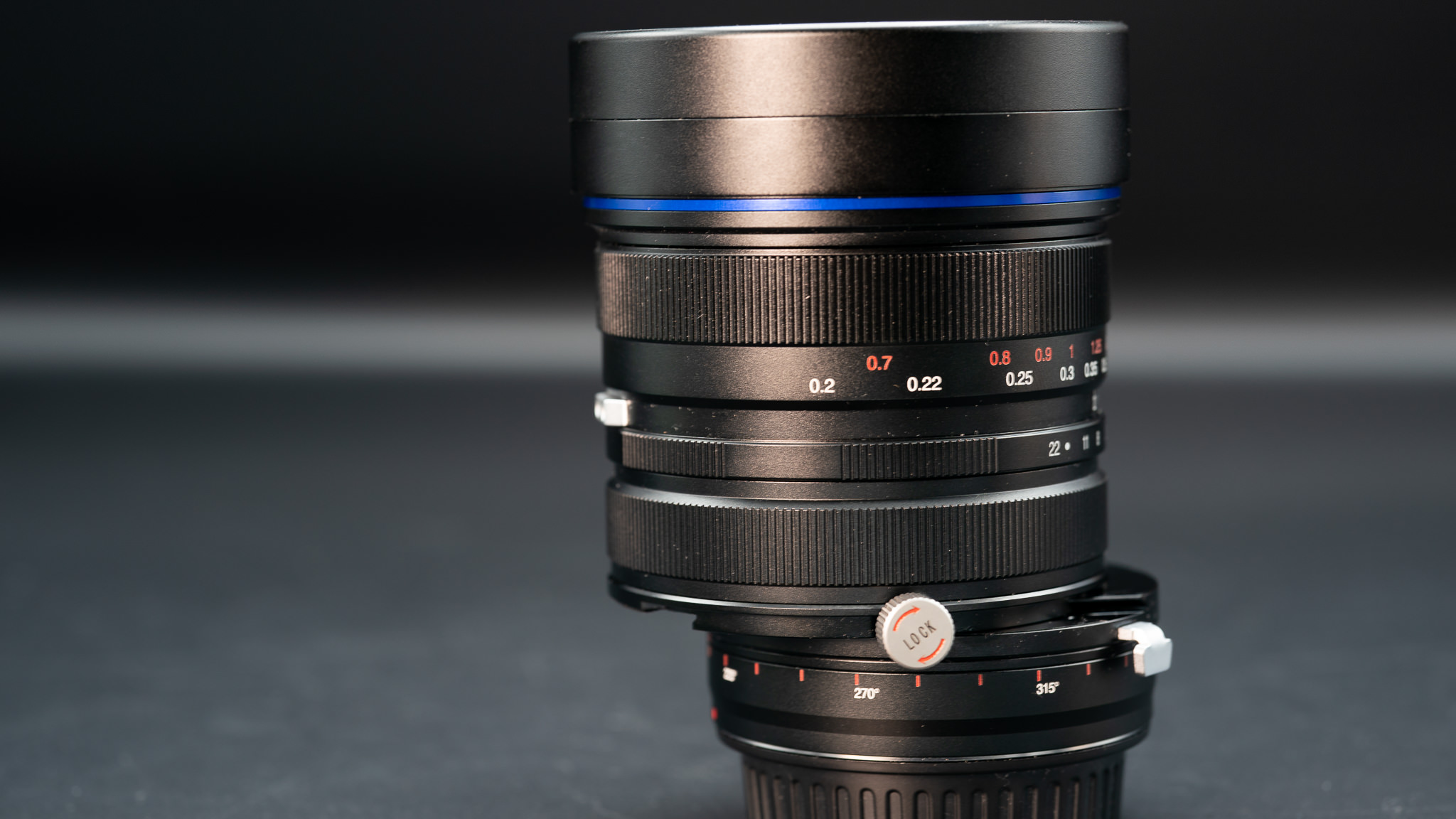
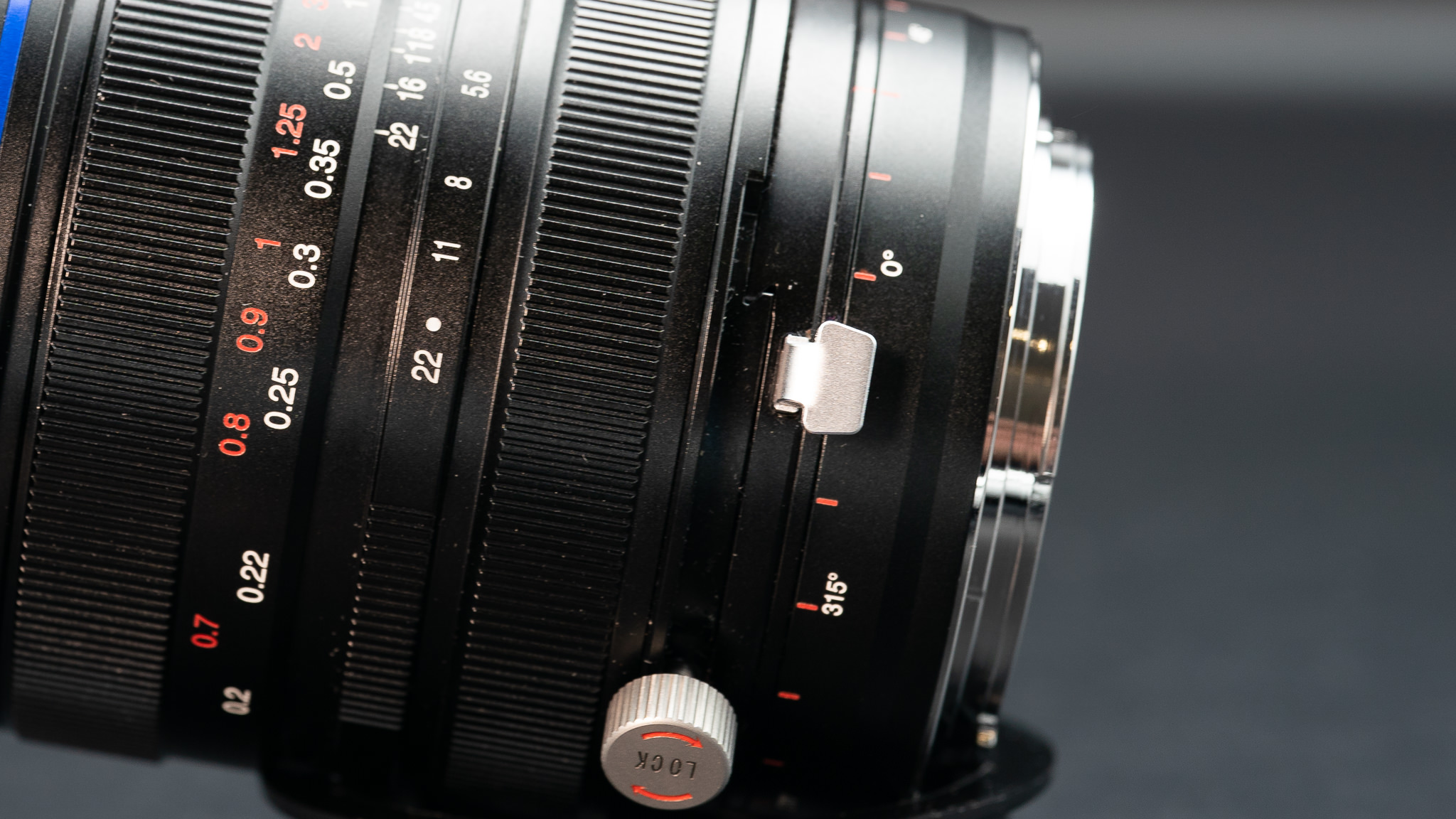
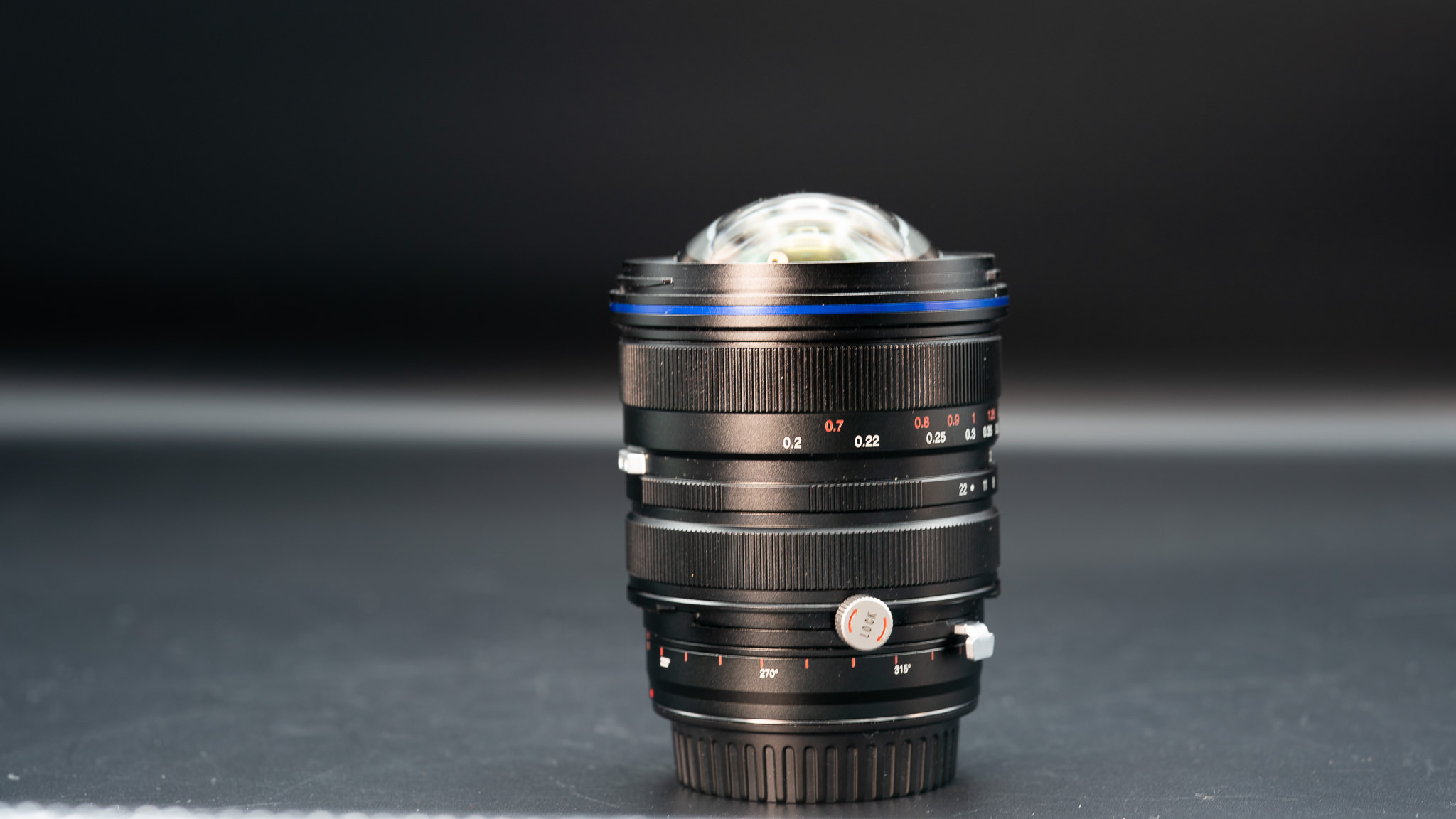
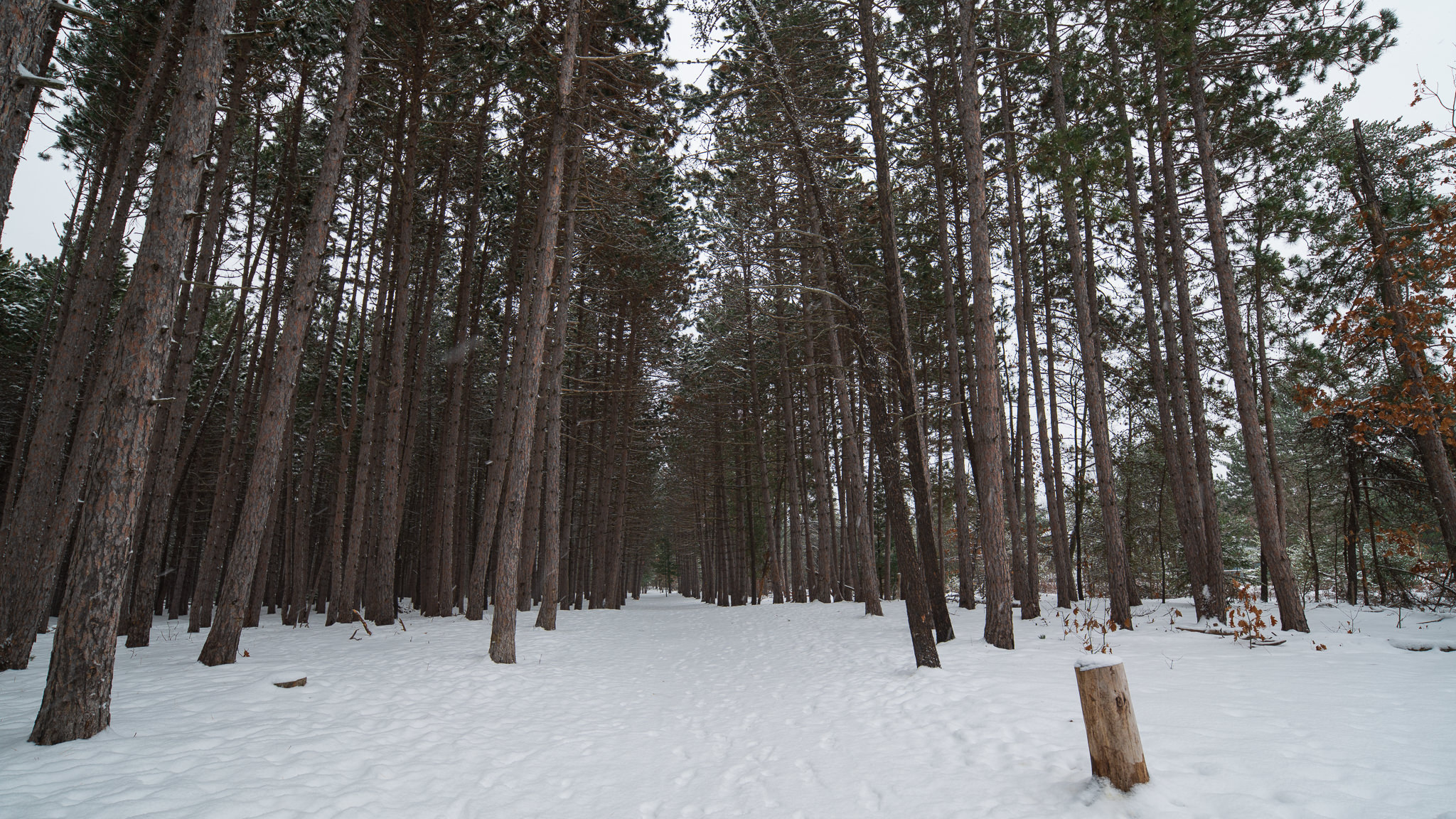
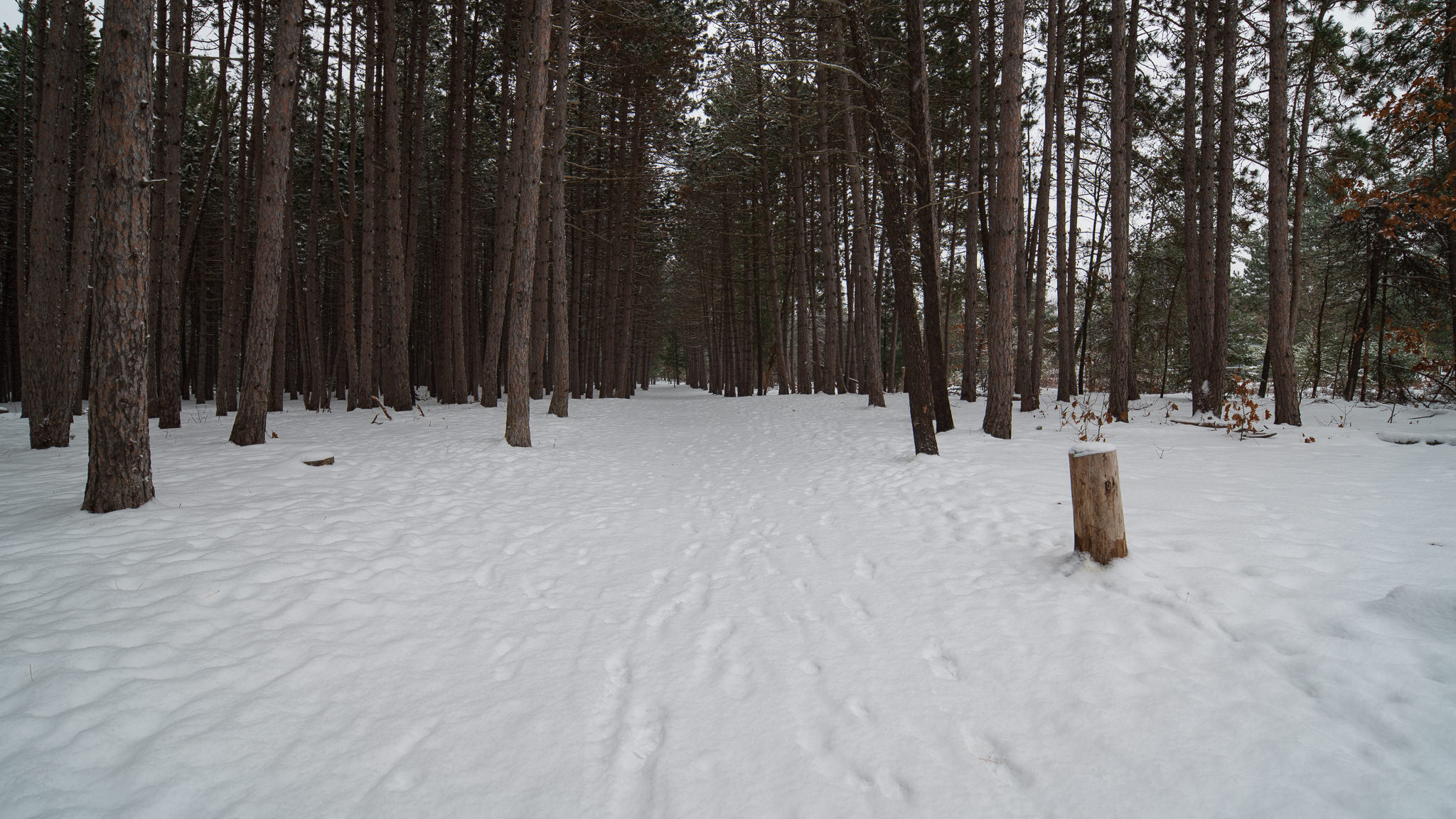

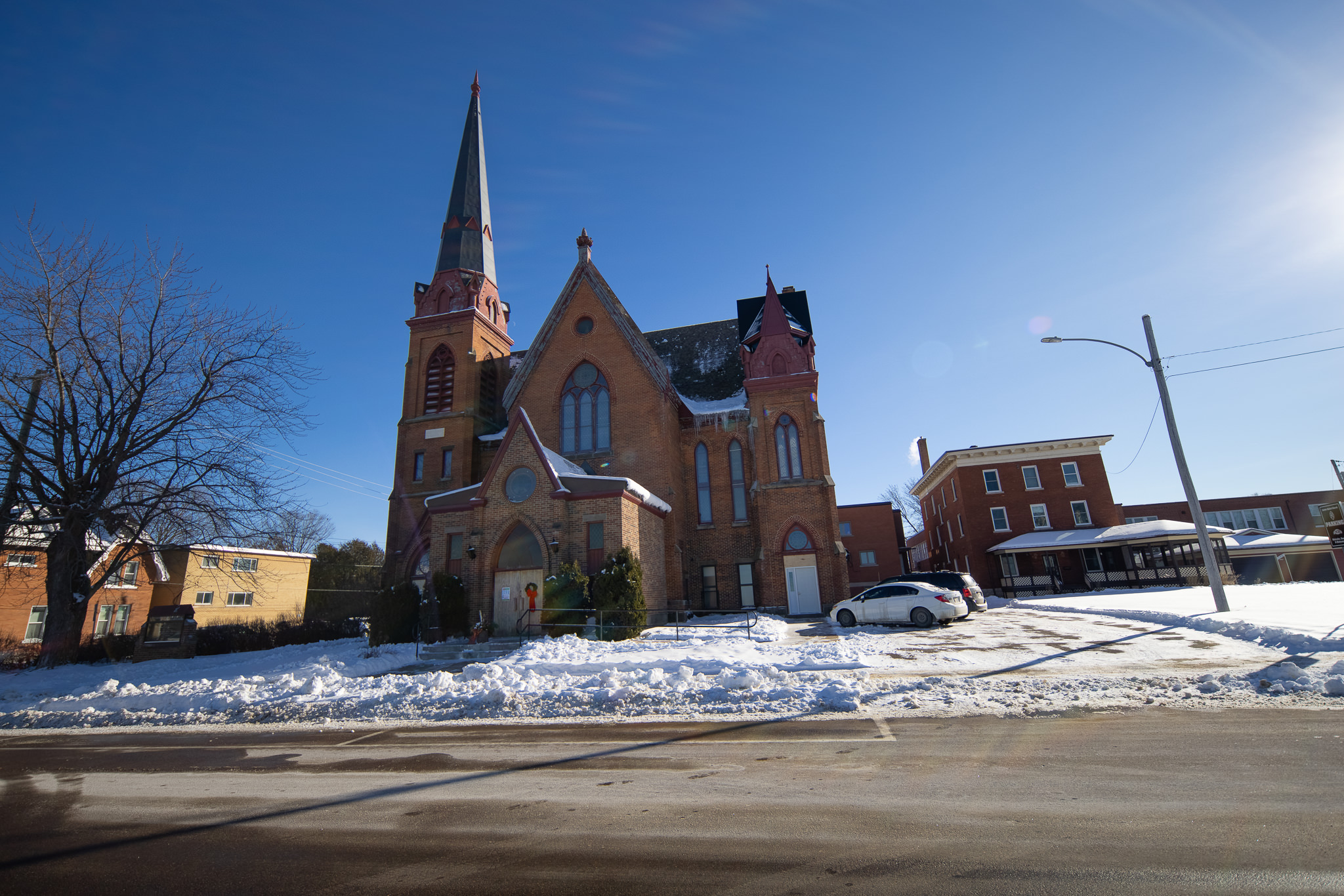
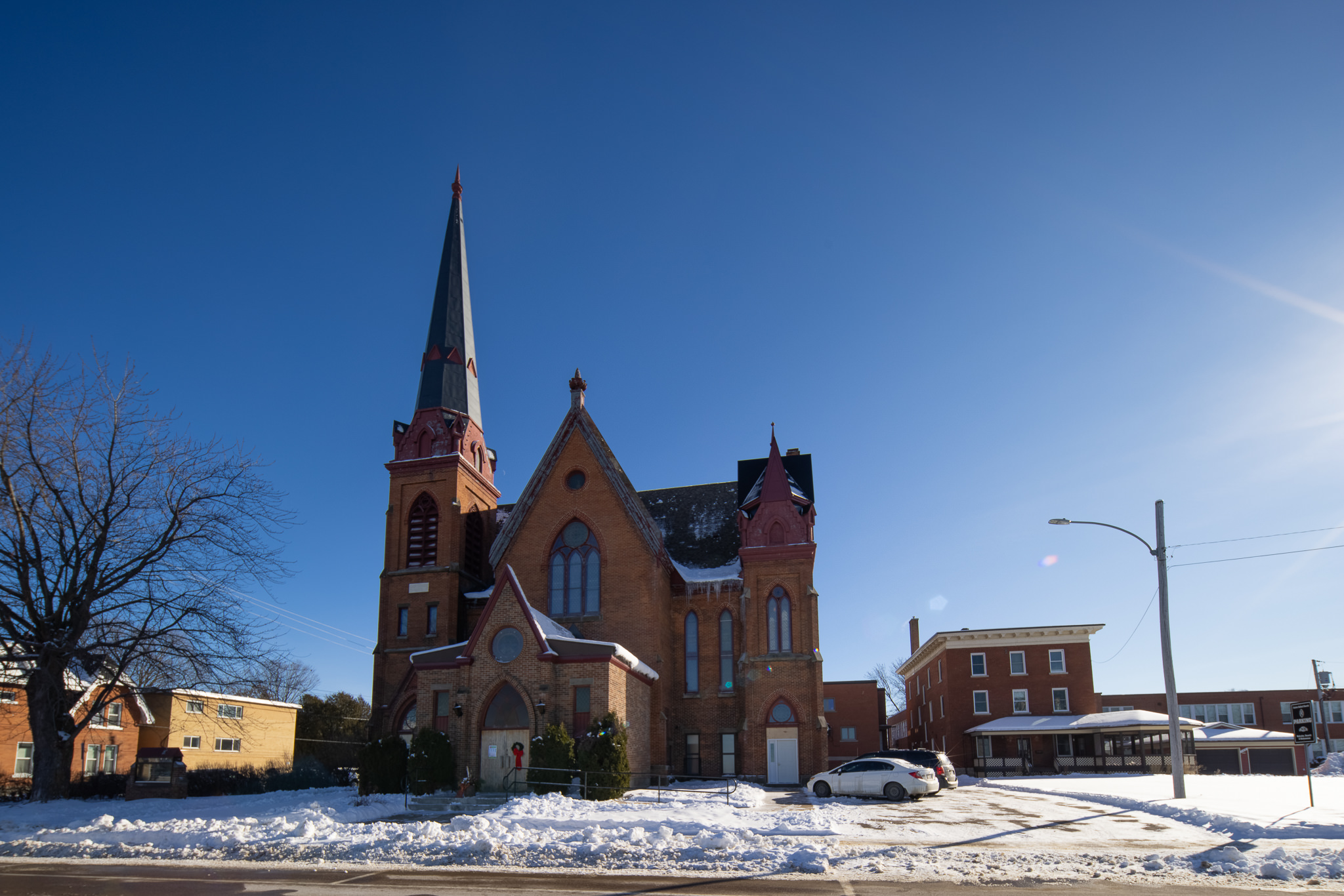
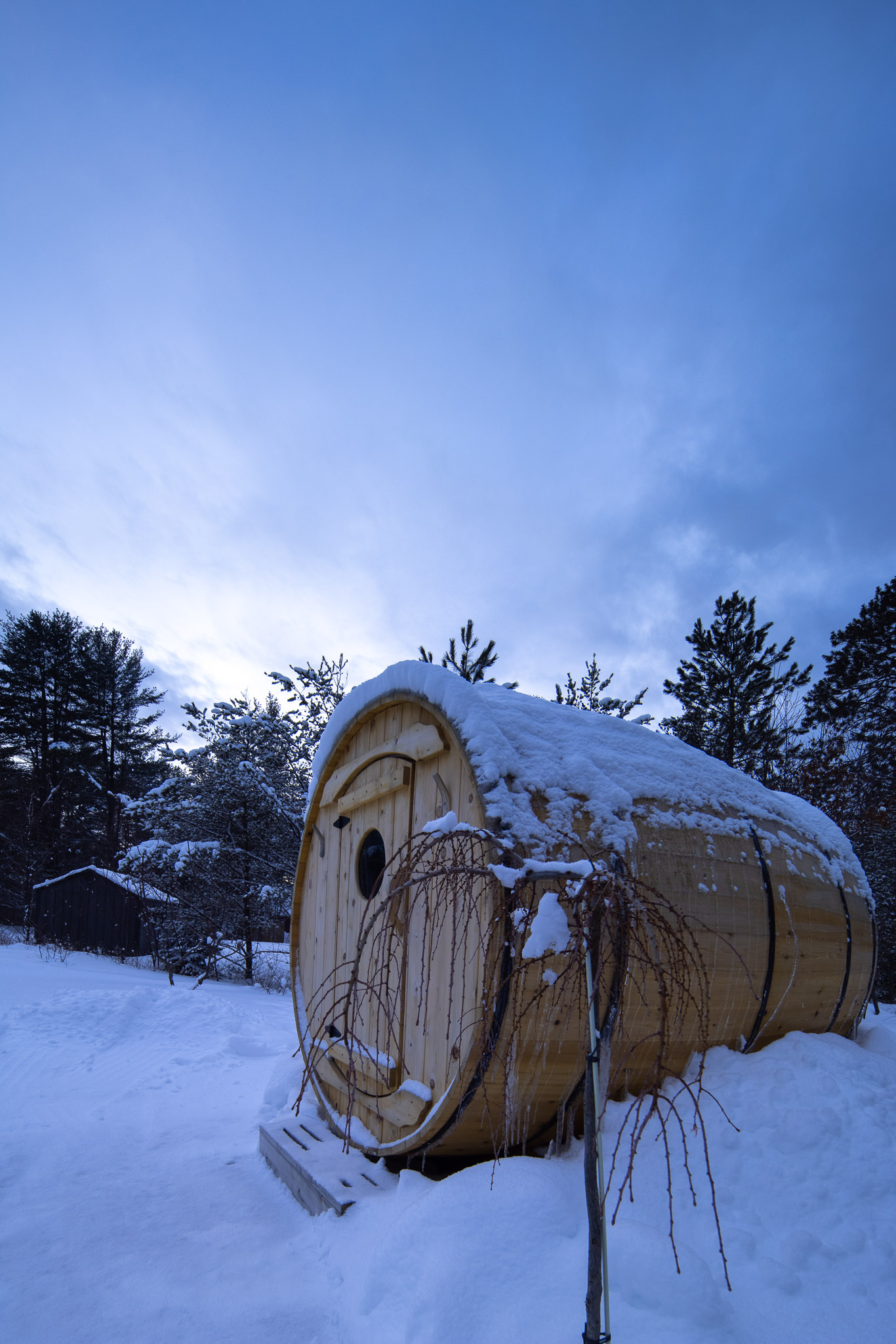
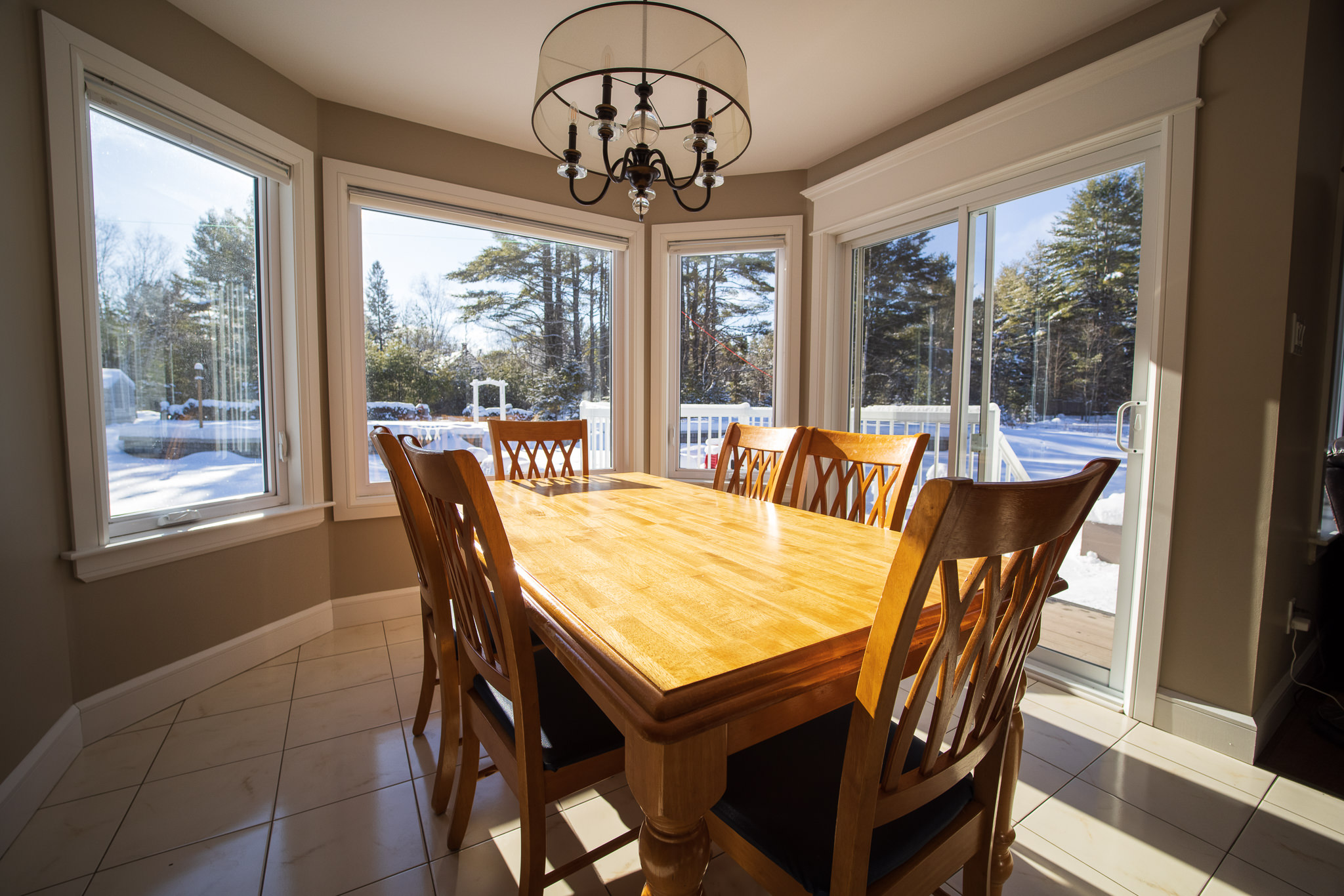
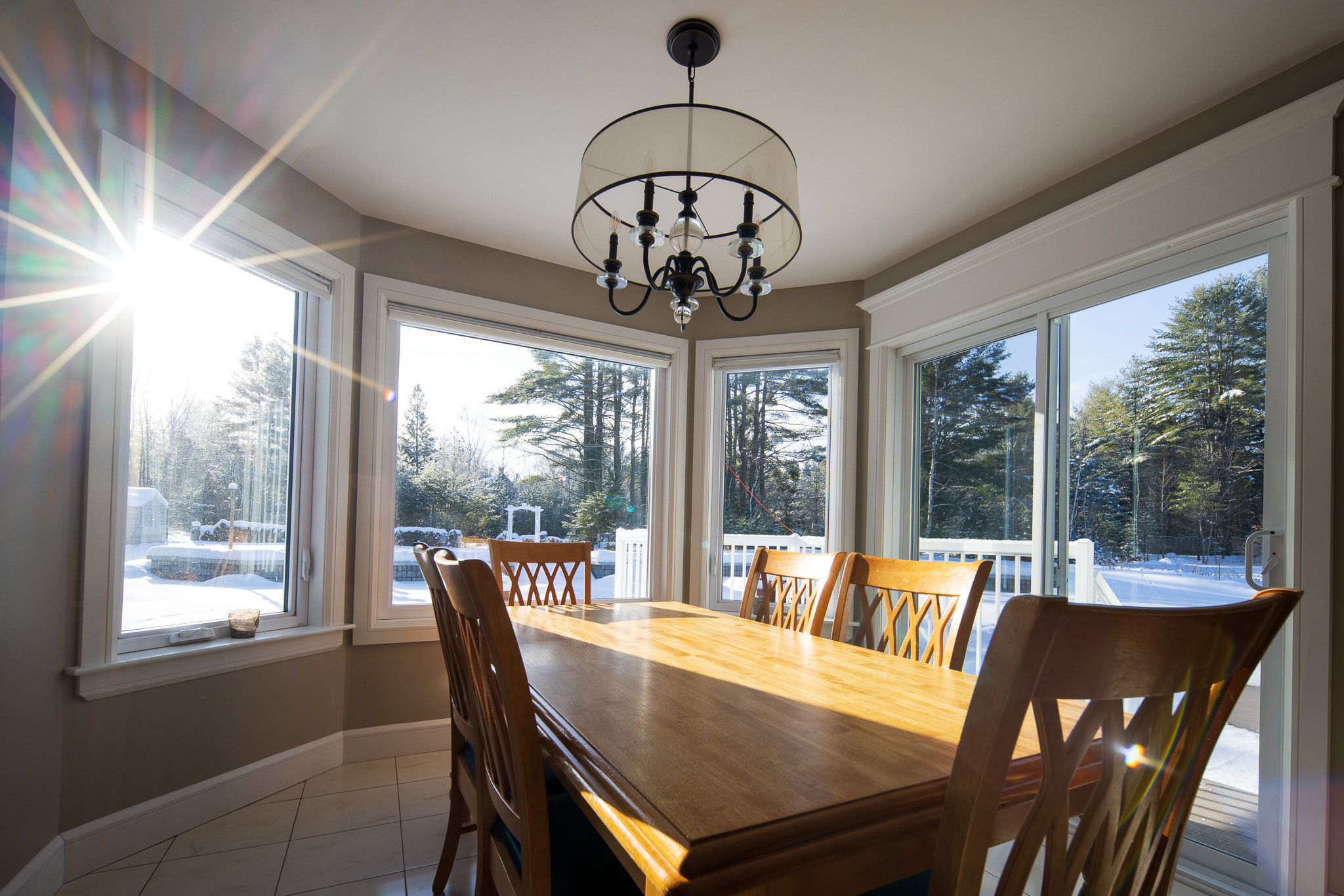
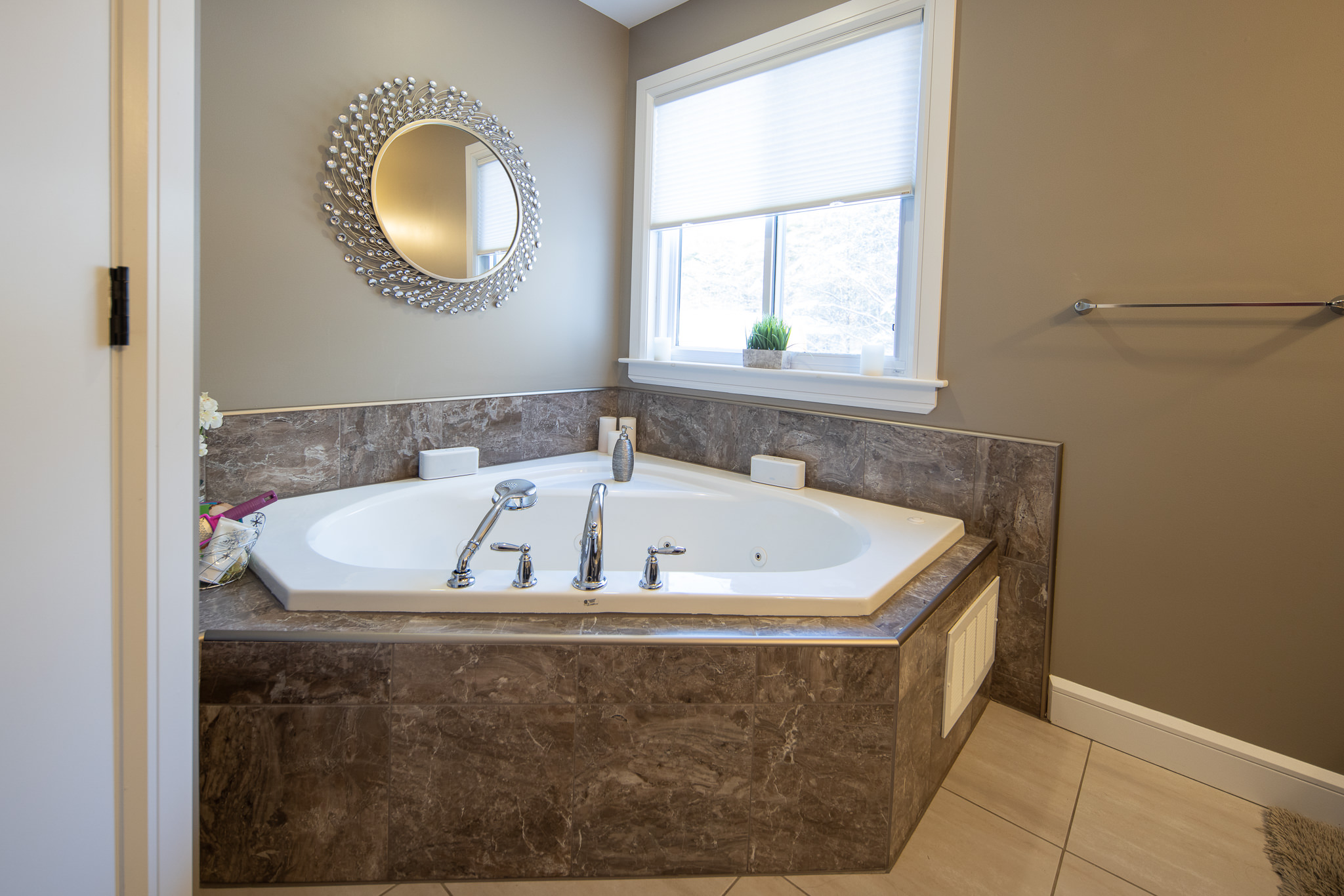
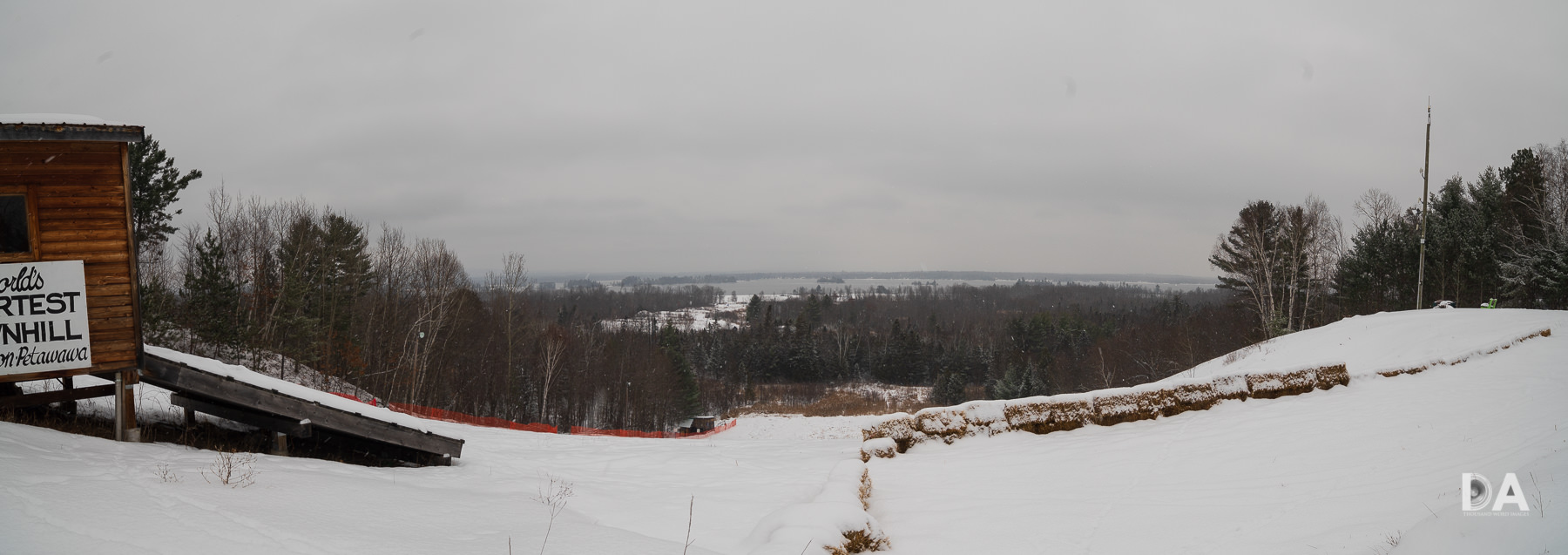


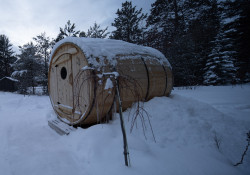
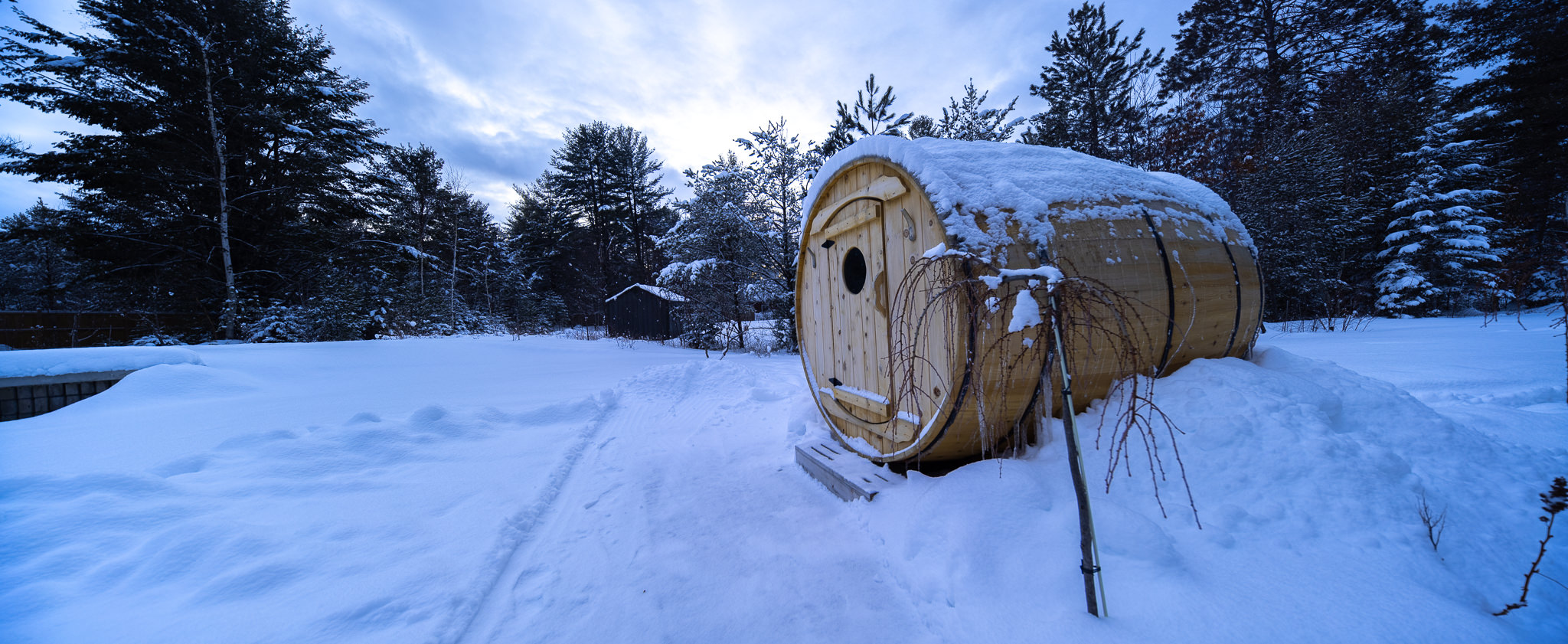

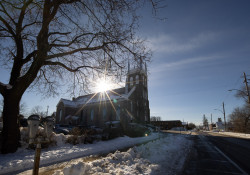
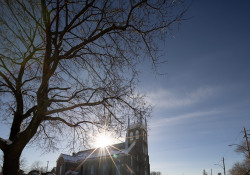

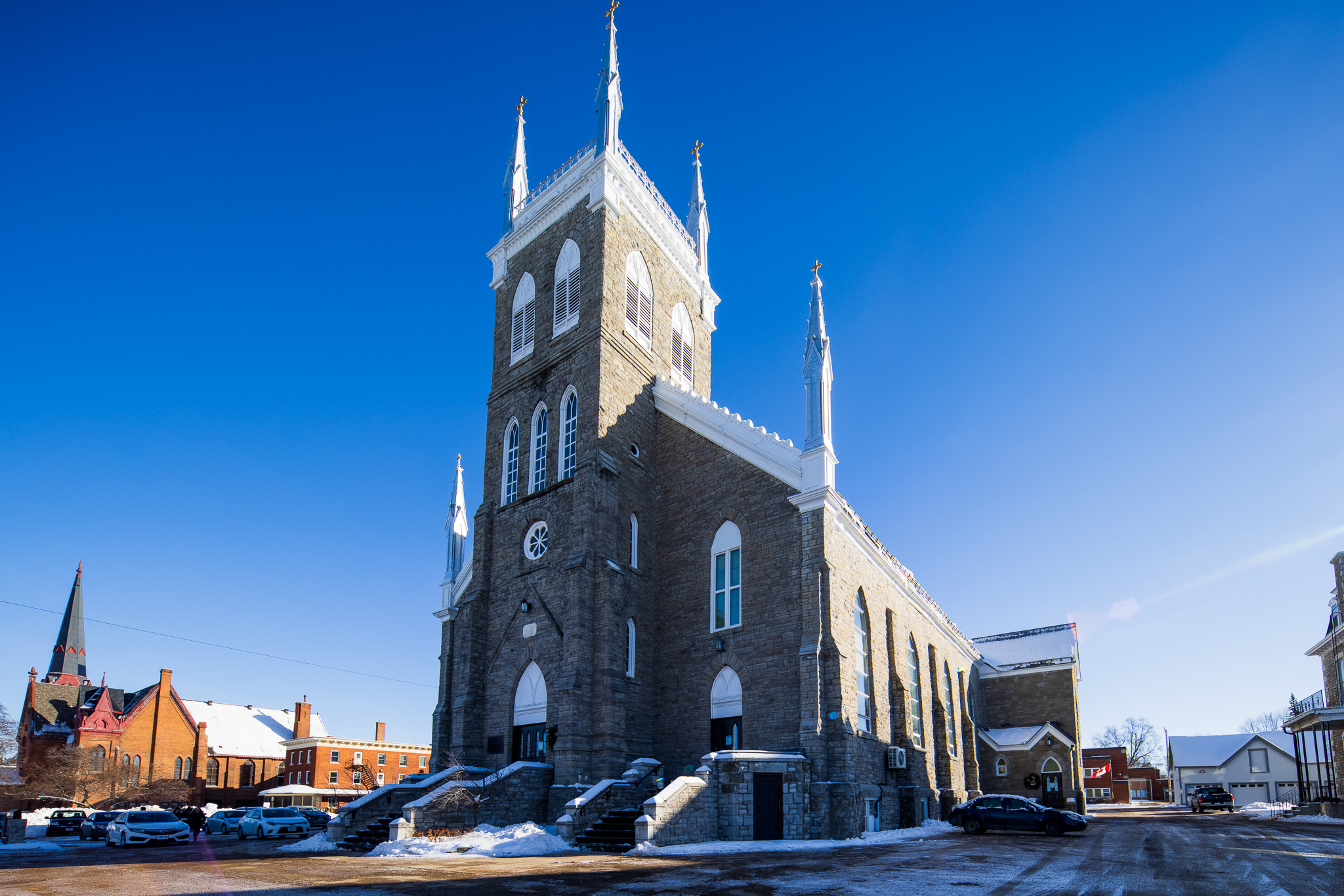
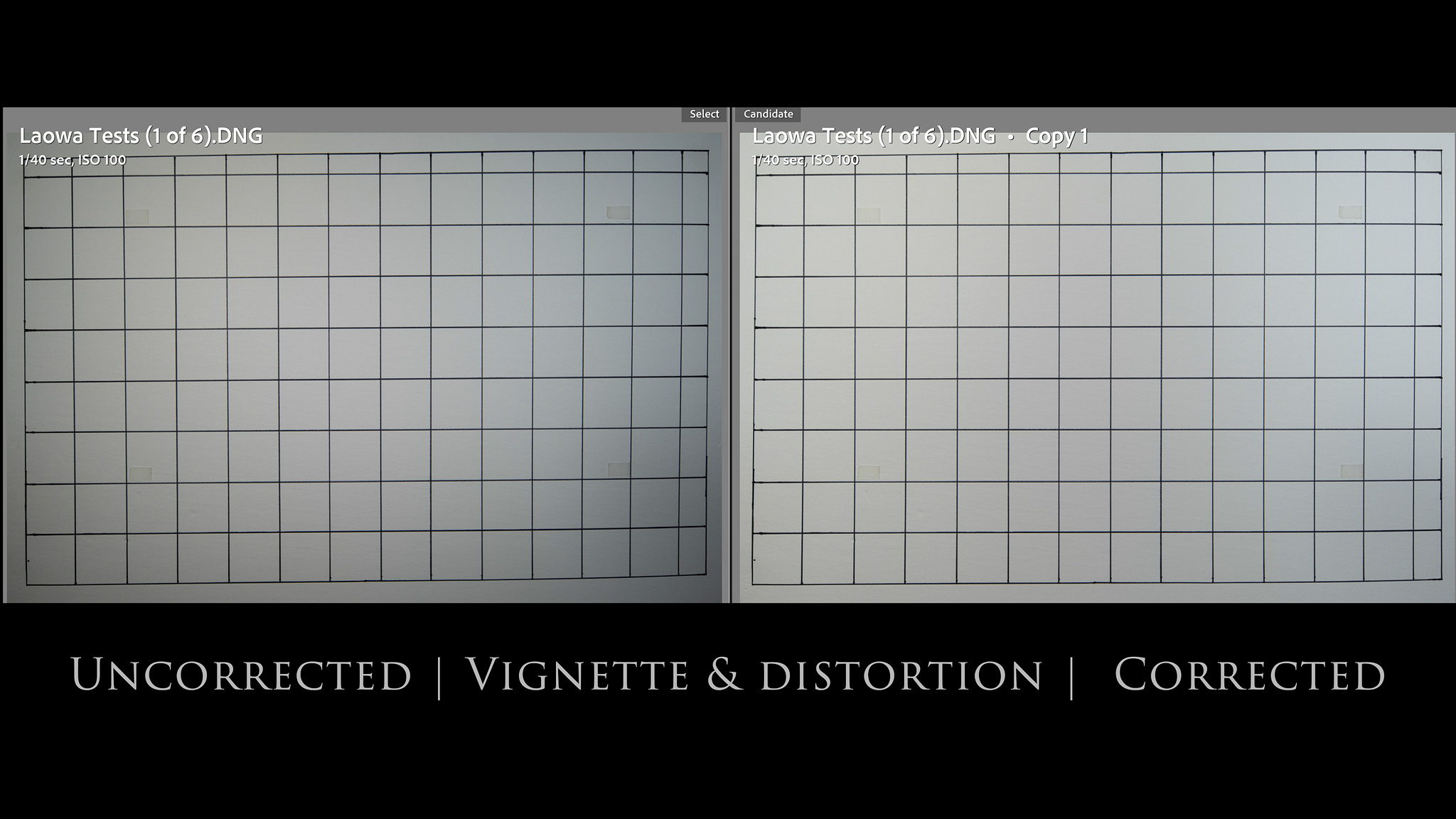




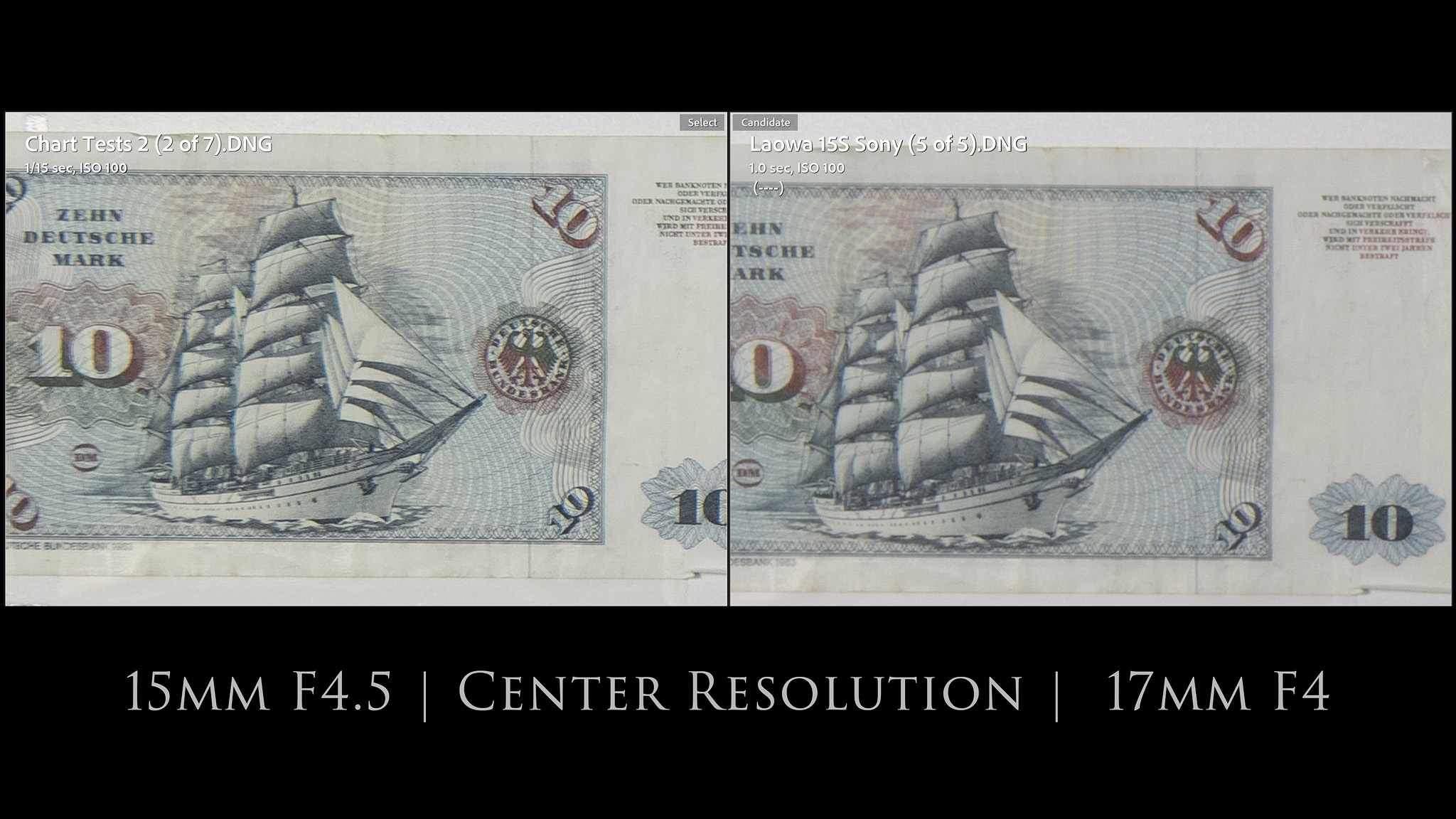
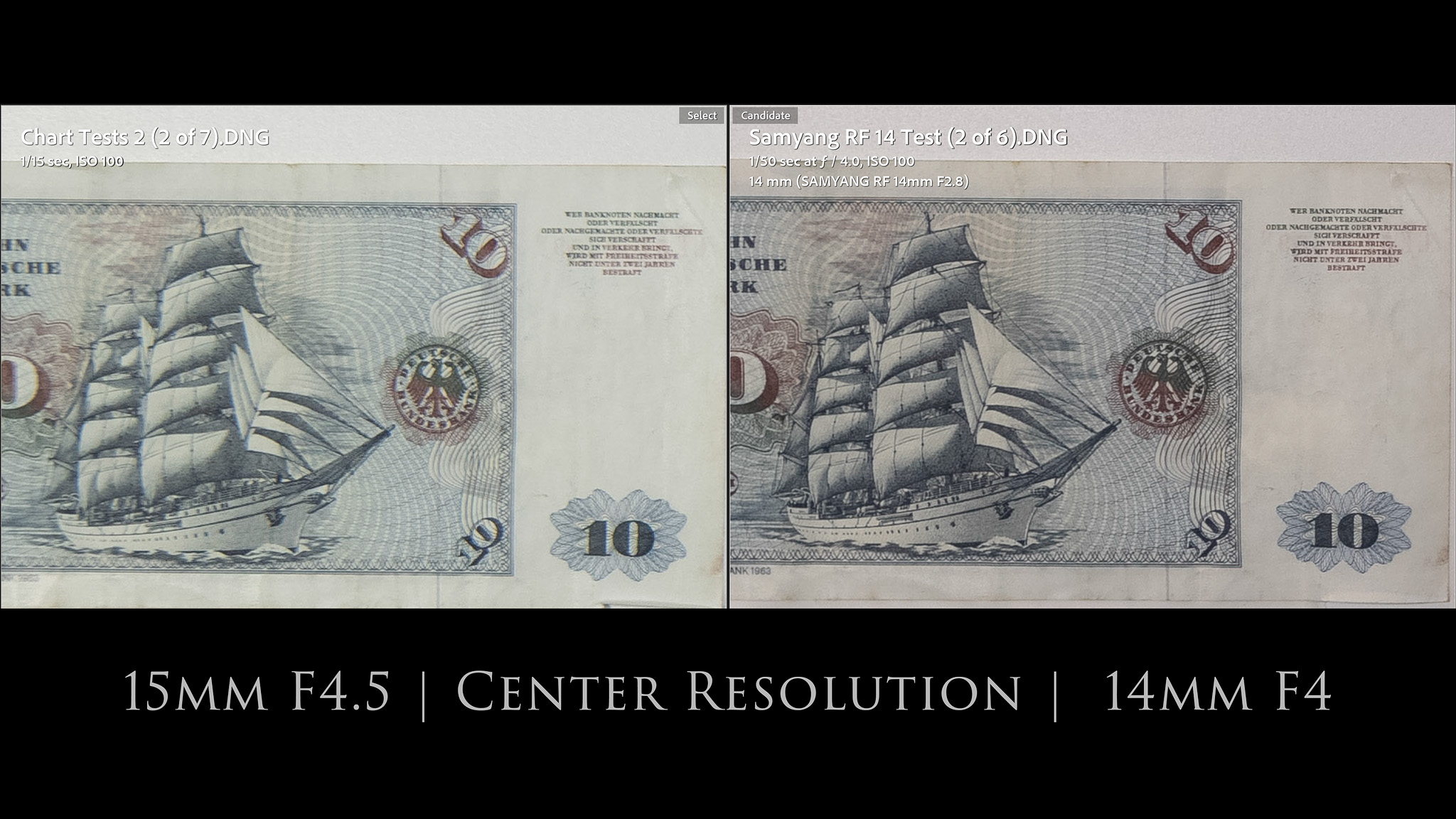

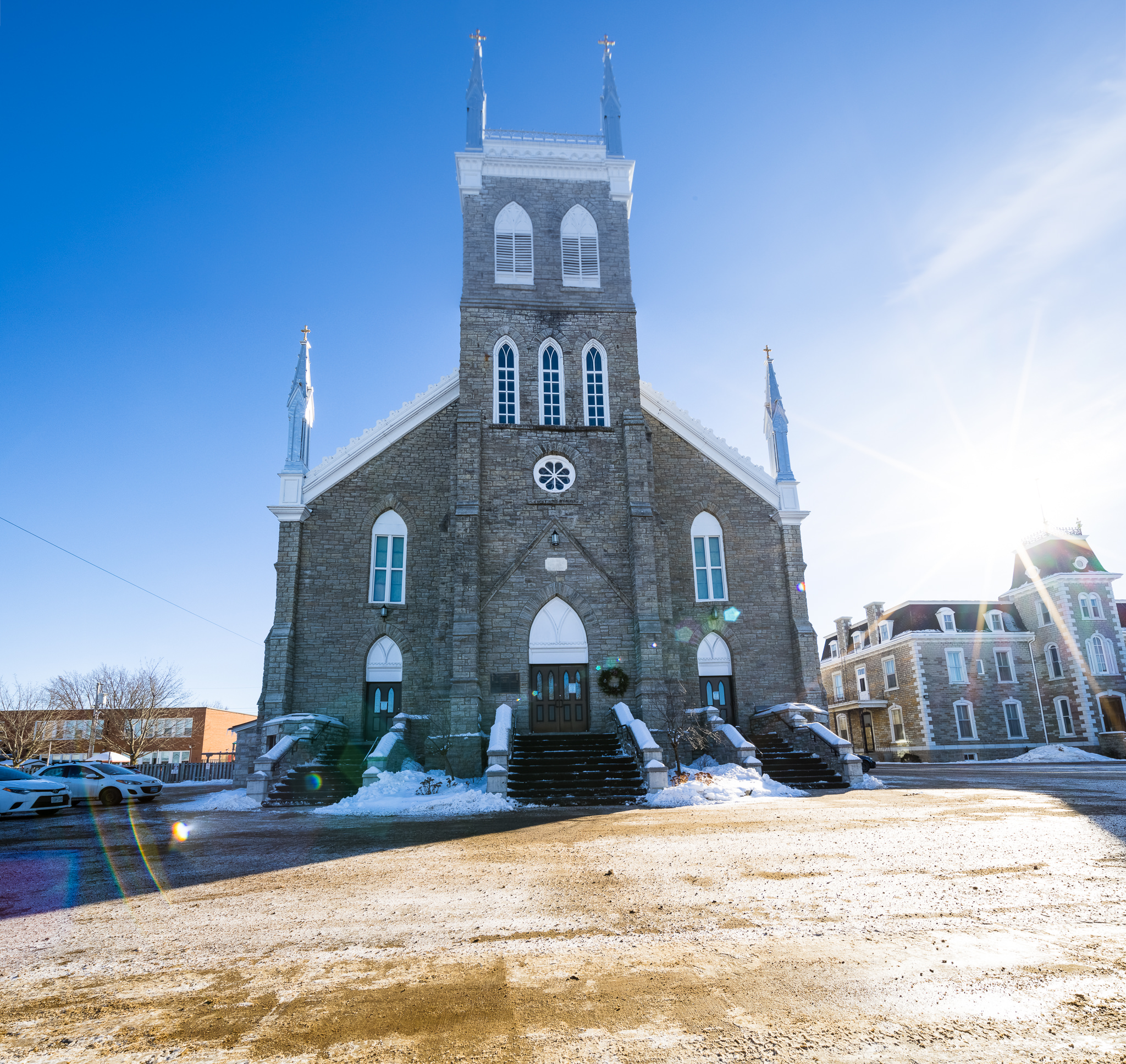
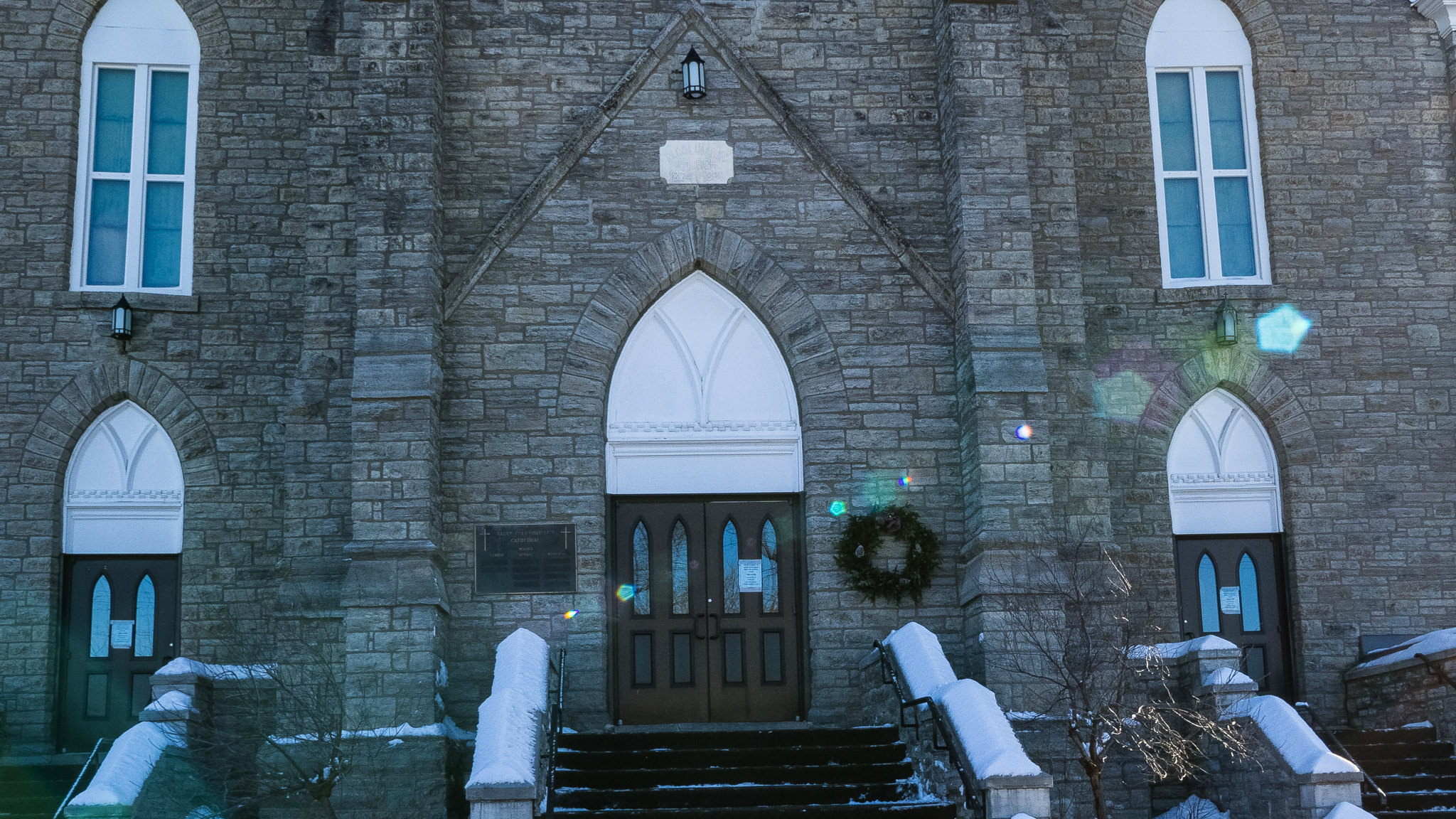
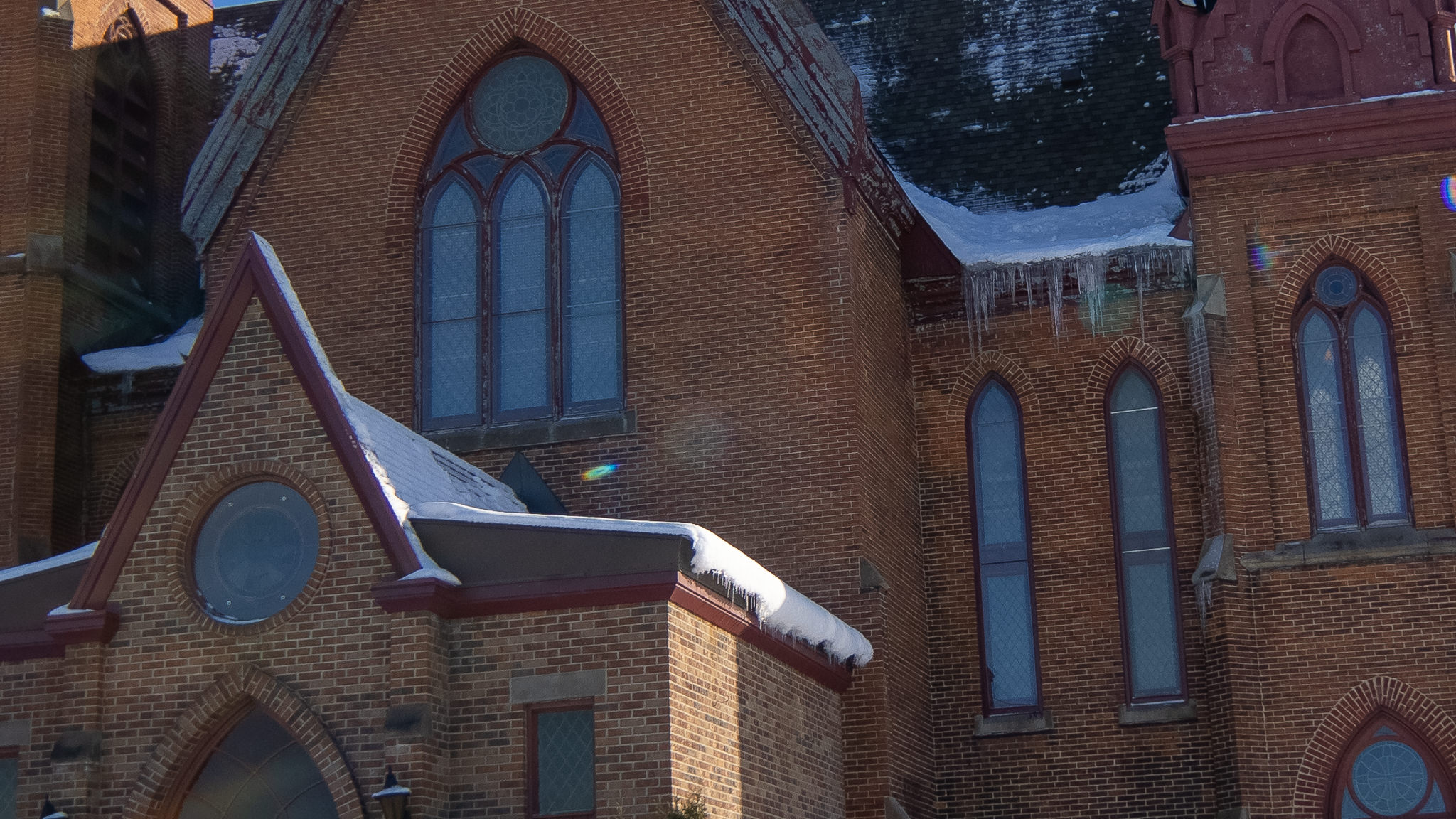

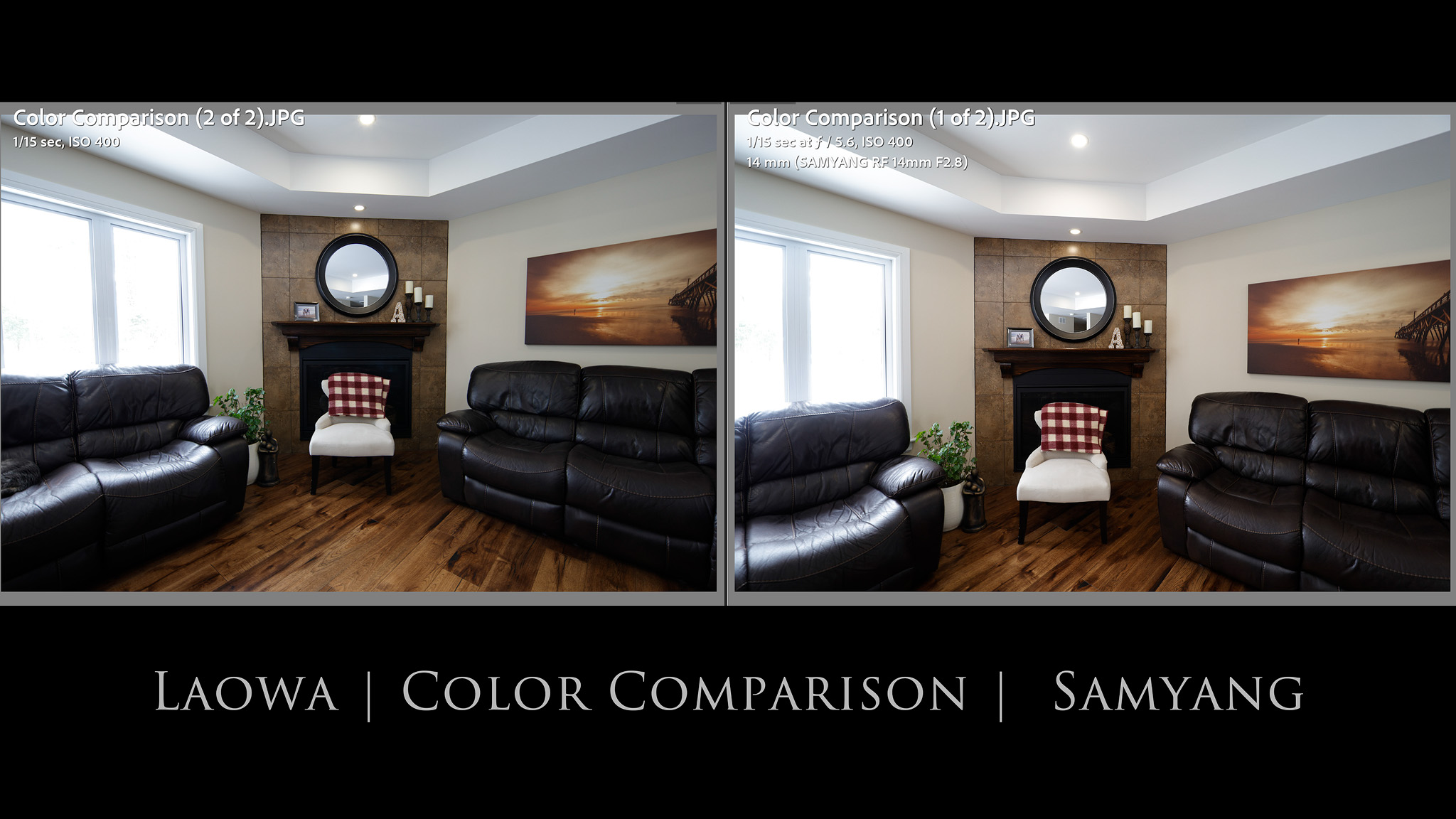
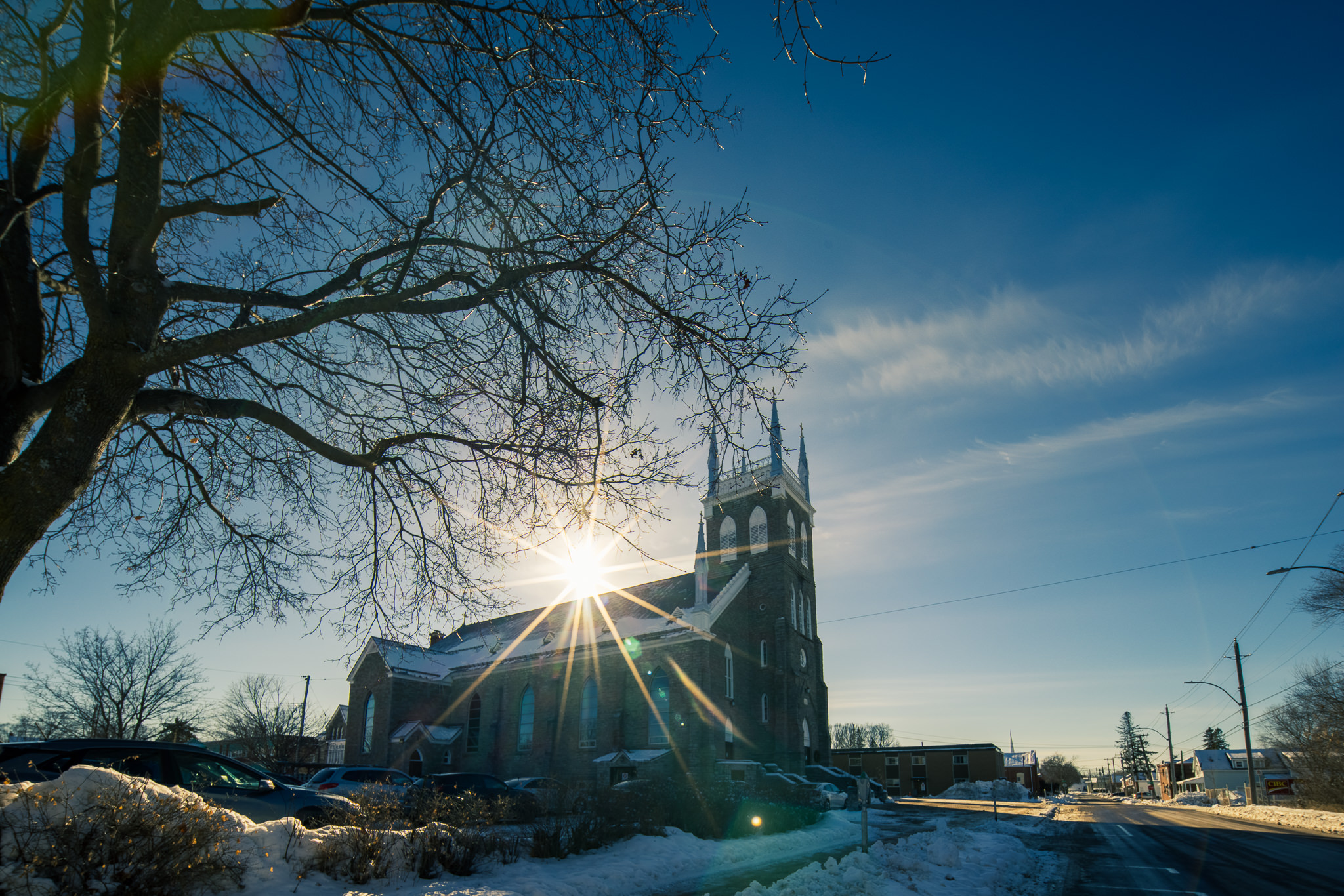
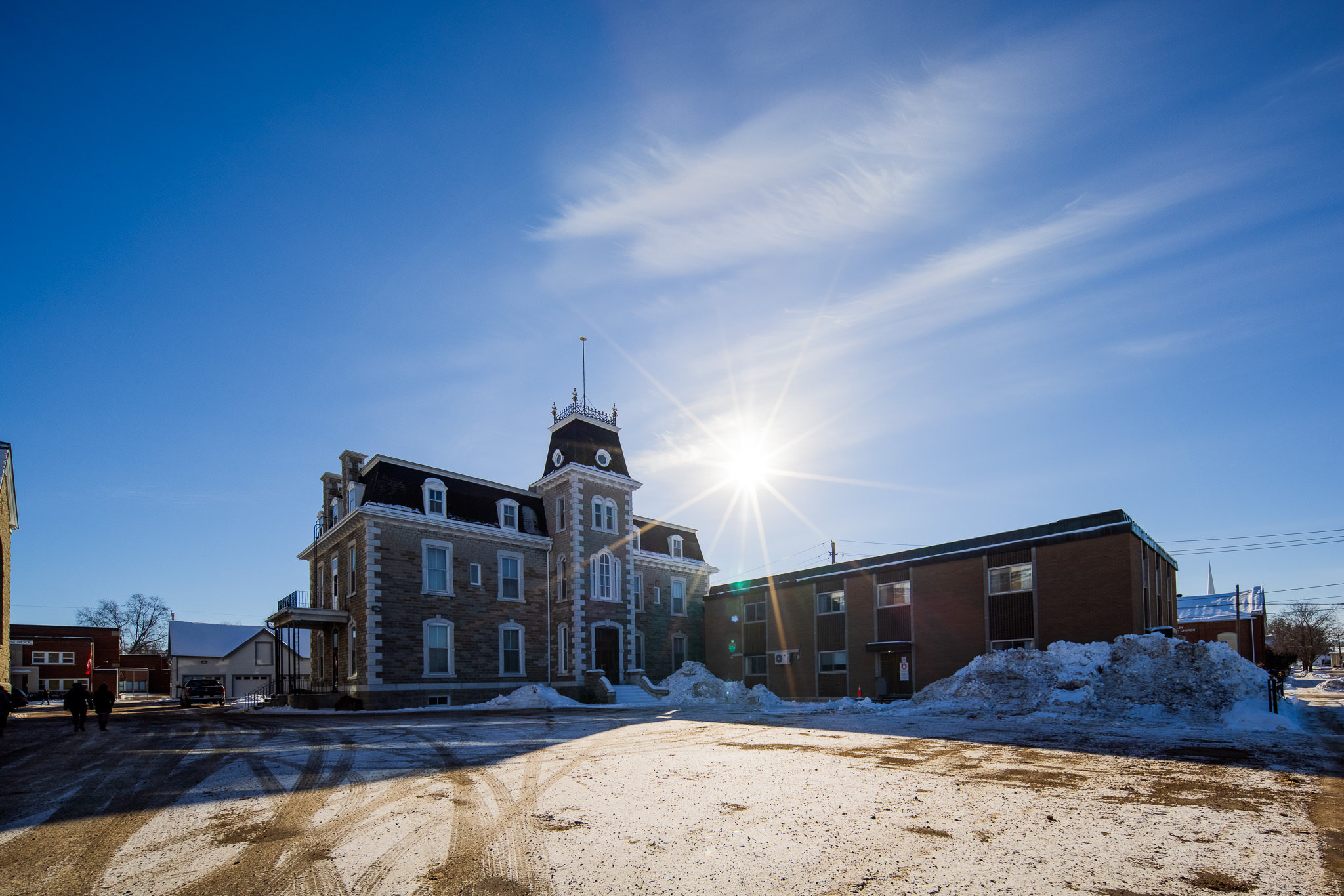
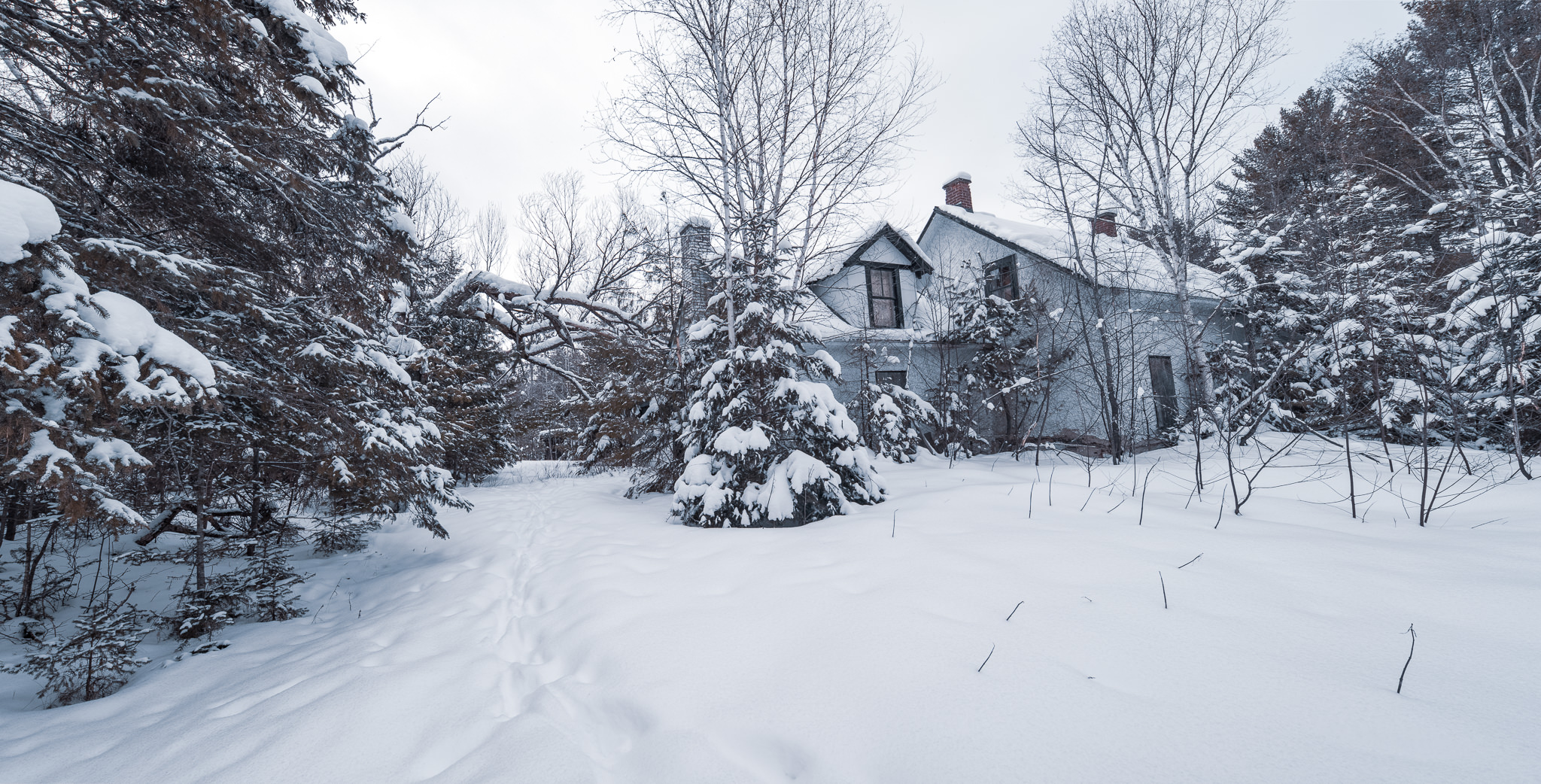




 Nikkor Z 35mm F1.2 S Review
Nikkor Z 35mm F1.2 S Review  Kase AF 85mm F1.4 Review
Kase AF 85mm F1.4 Review  Fujifilm X-Half Review
Fujifilm X-Half Review  Nikkor Z 35mm F1.8 S Gallery
Nikkor Z 35mm F1.8 S Gallery 


